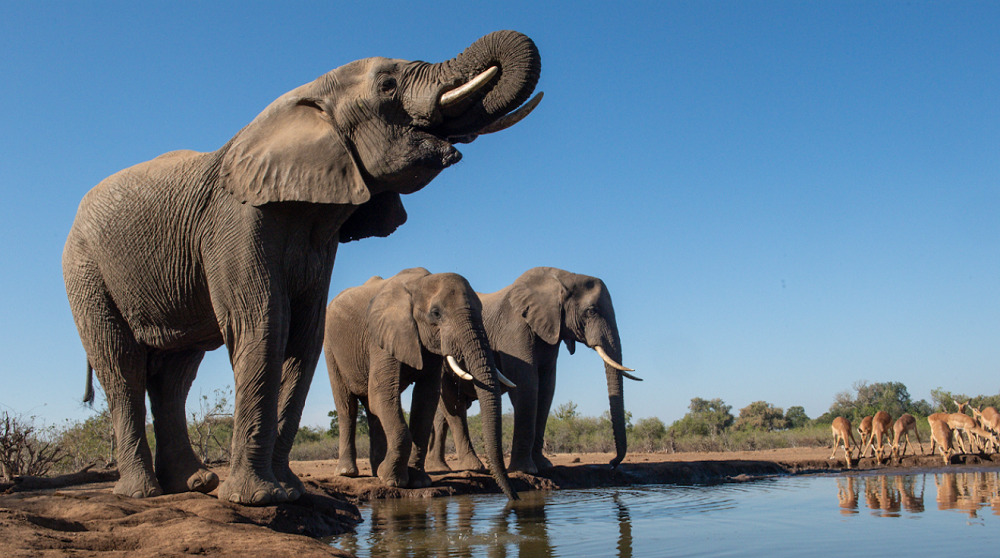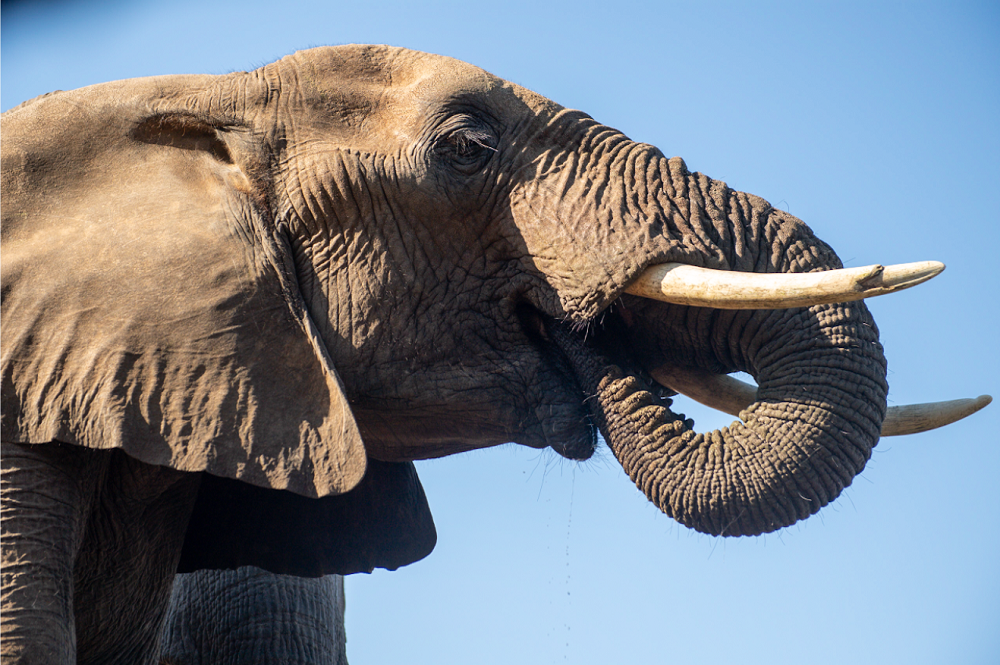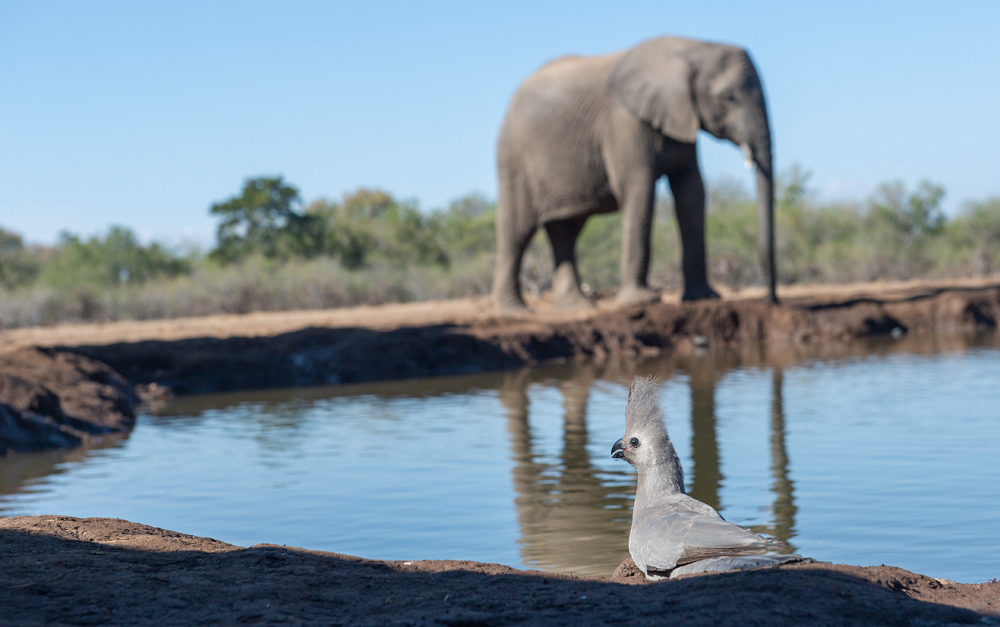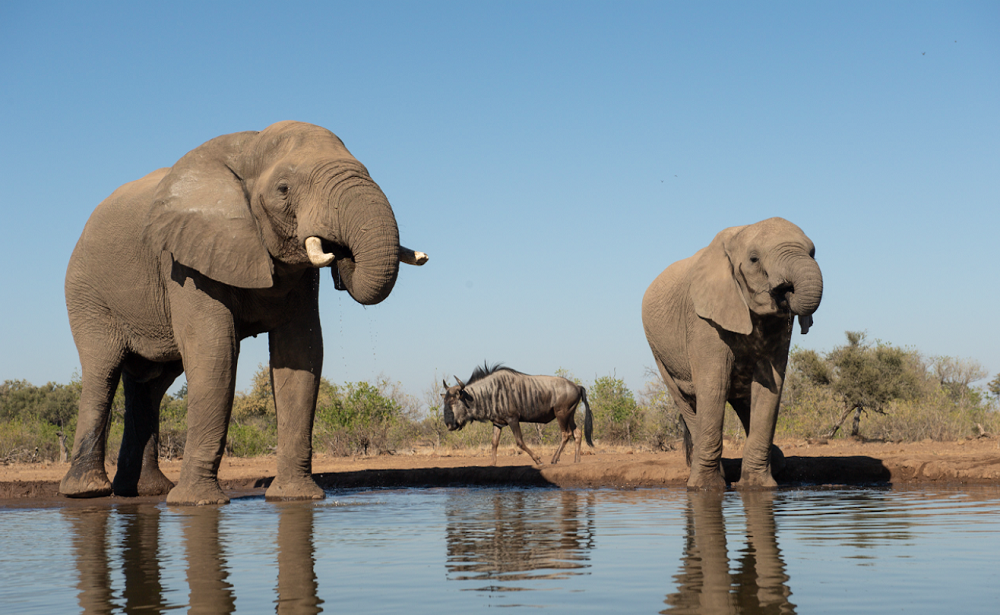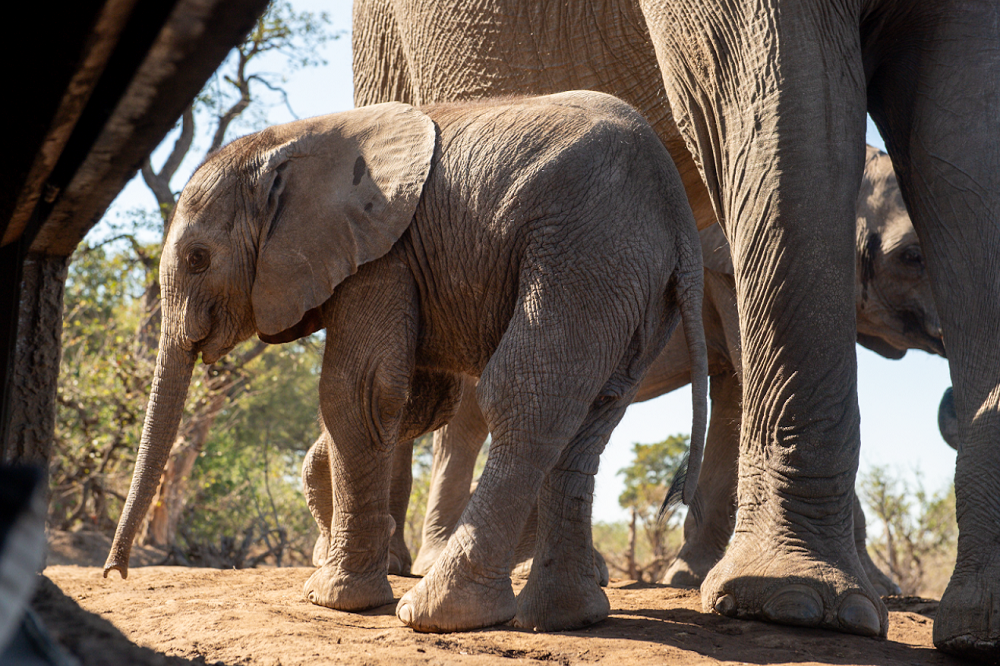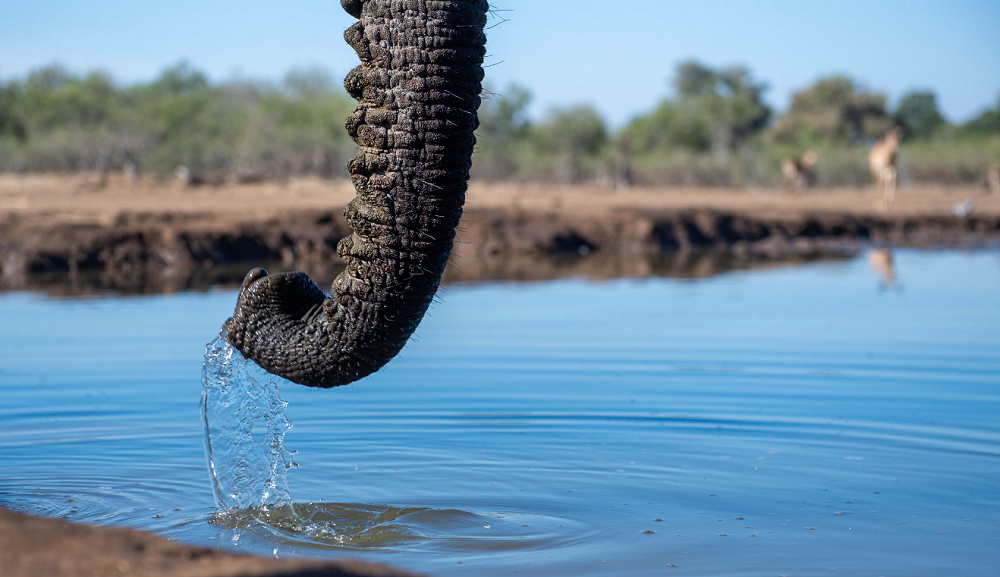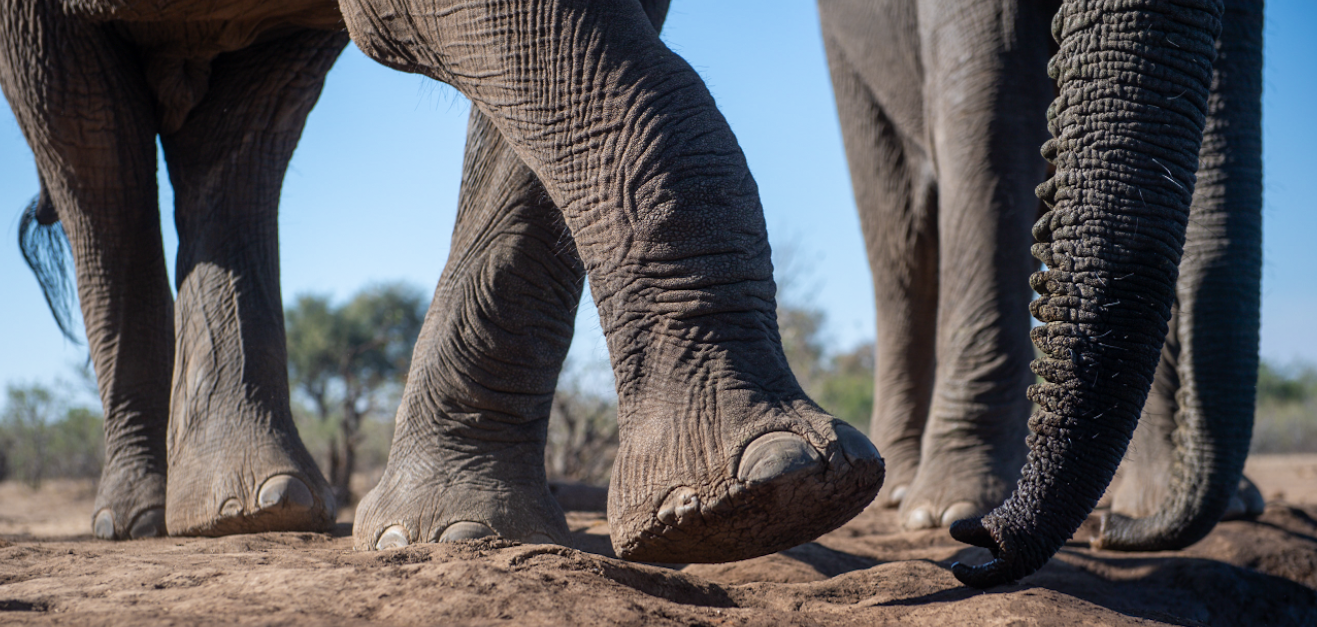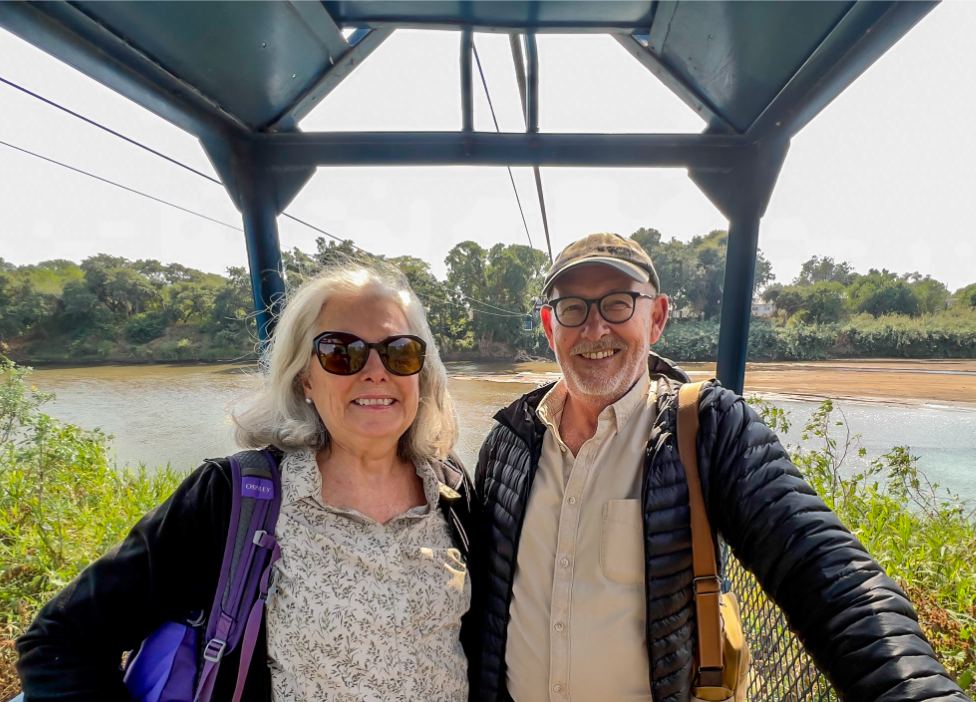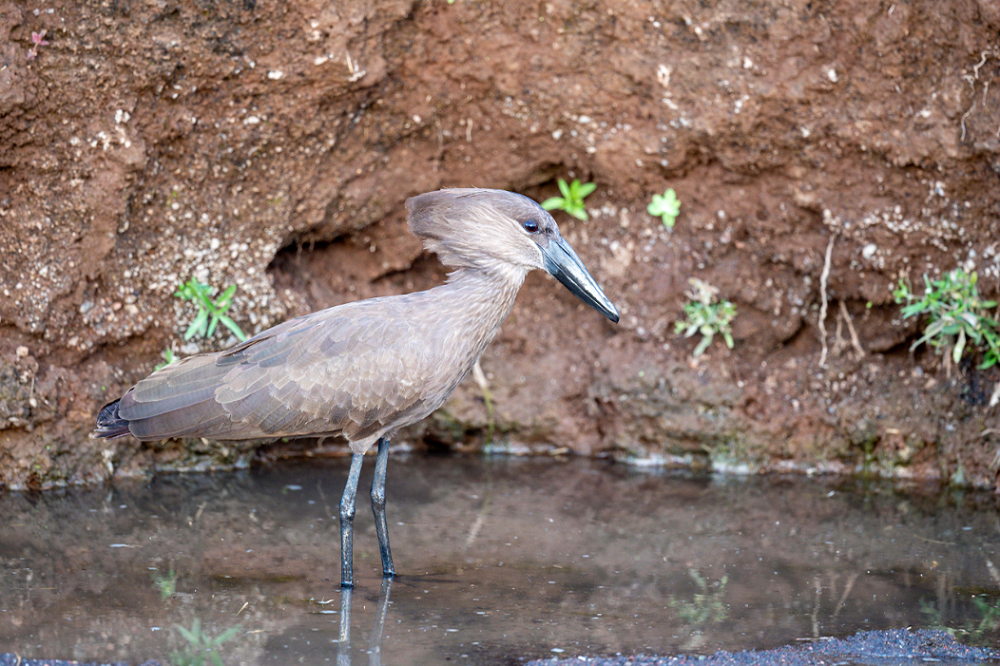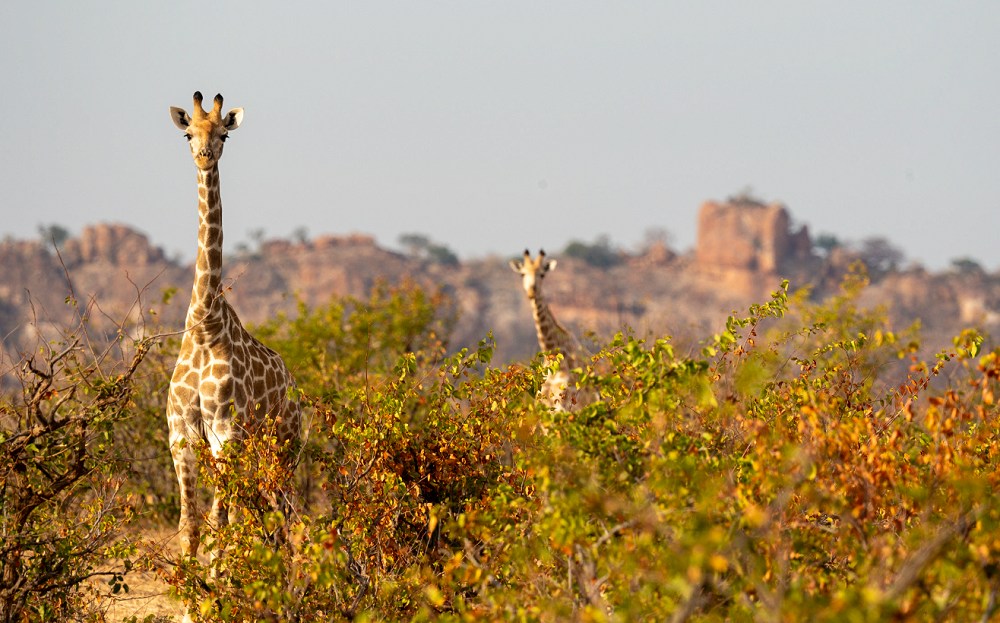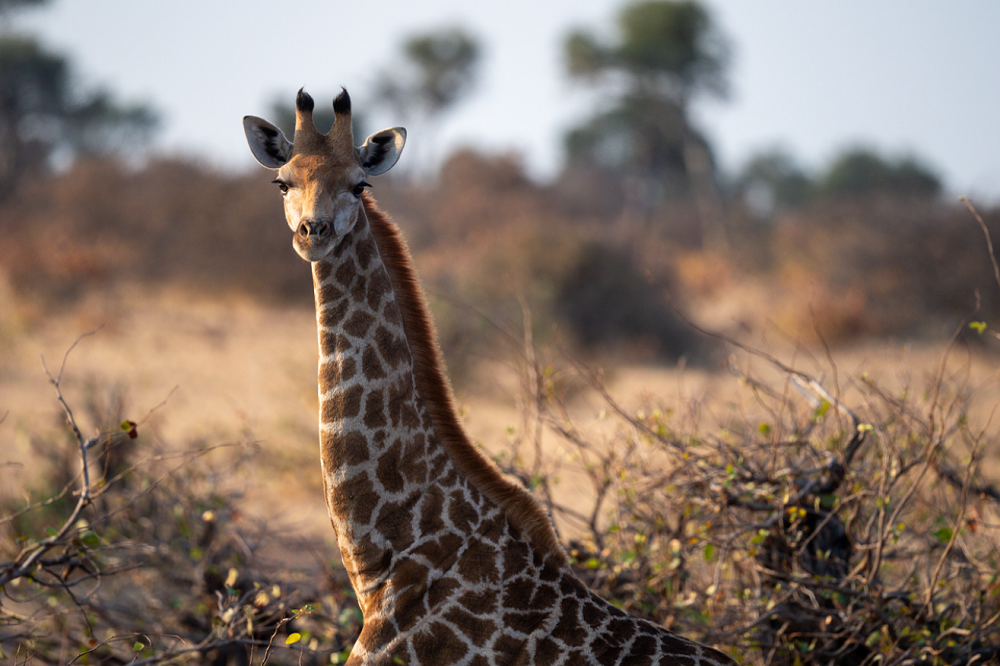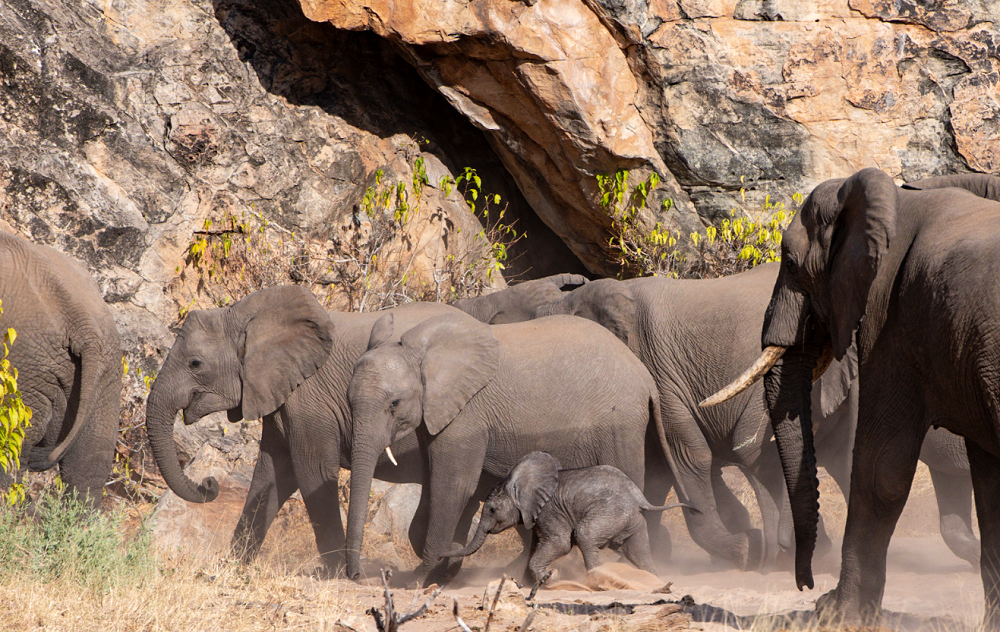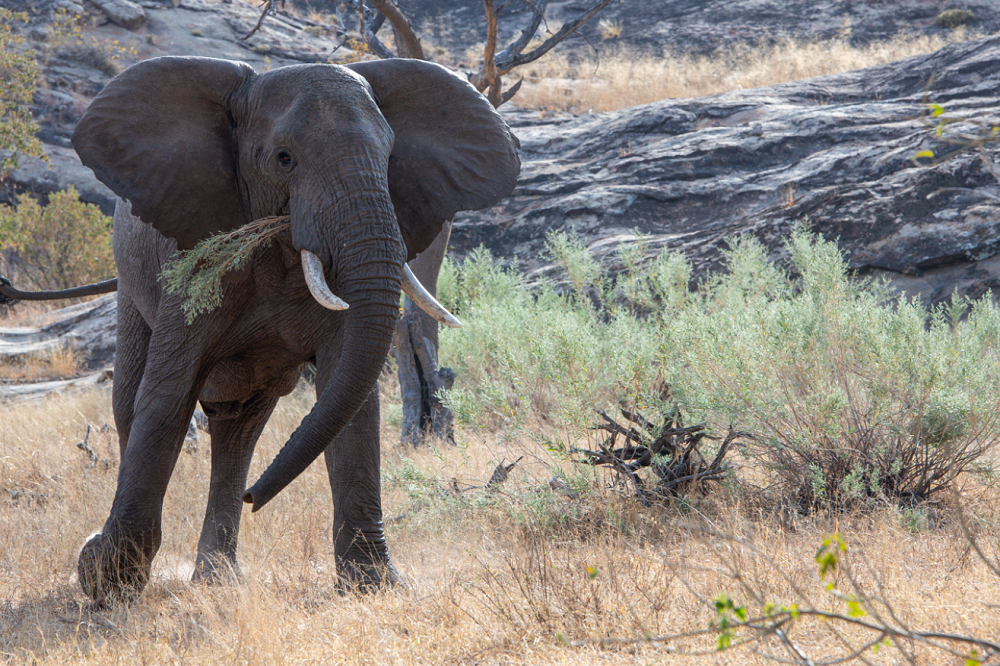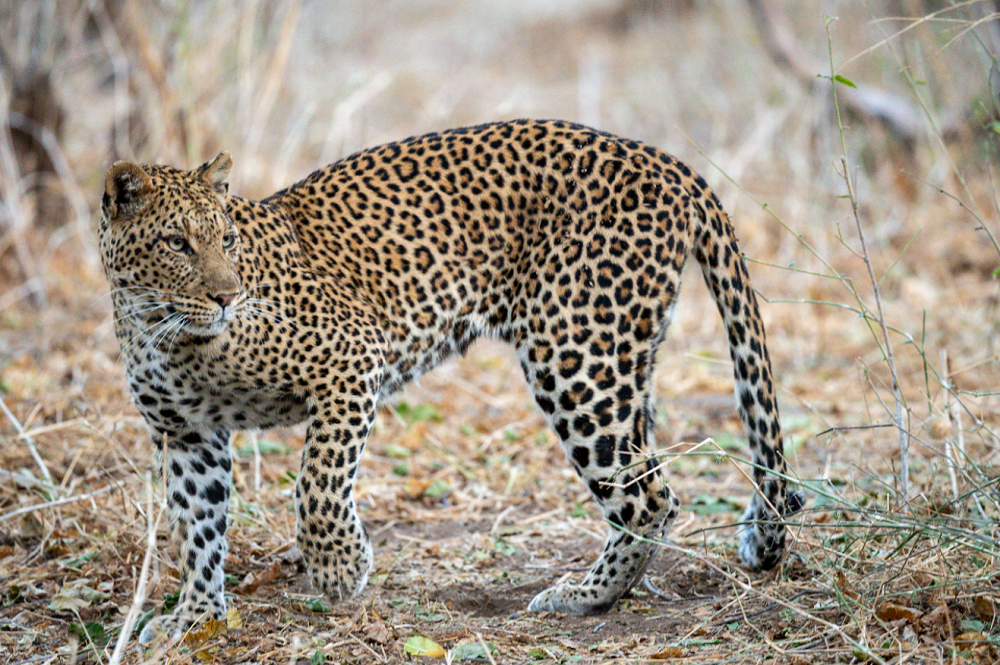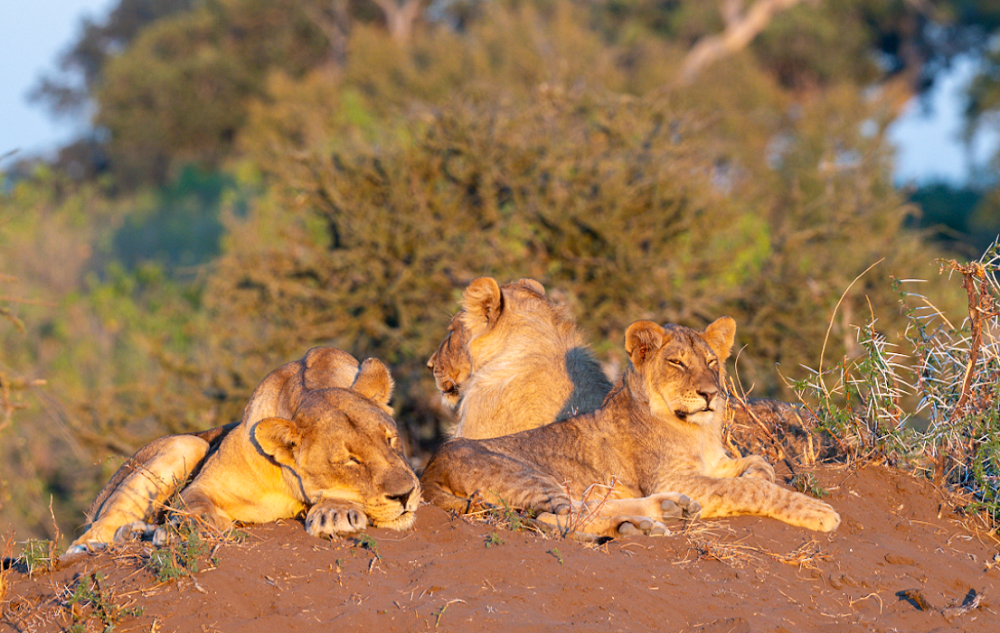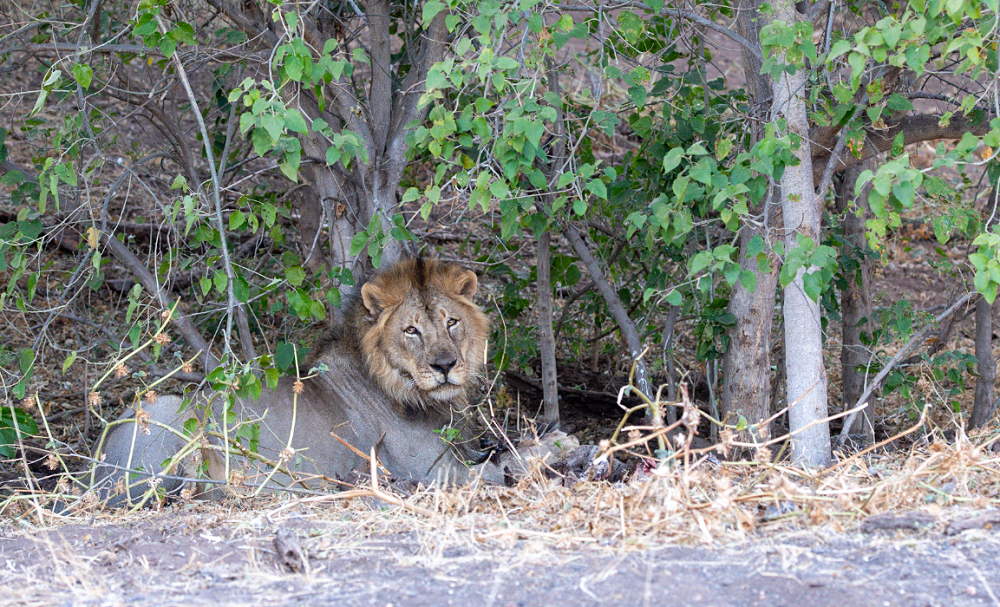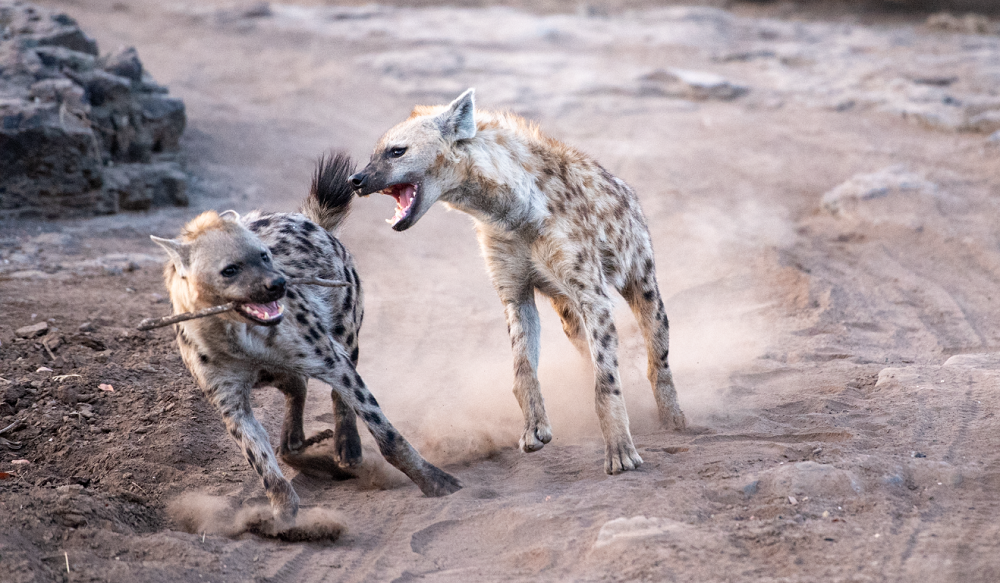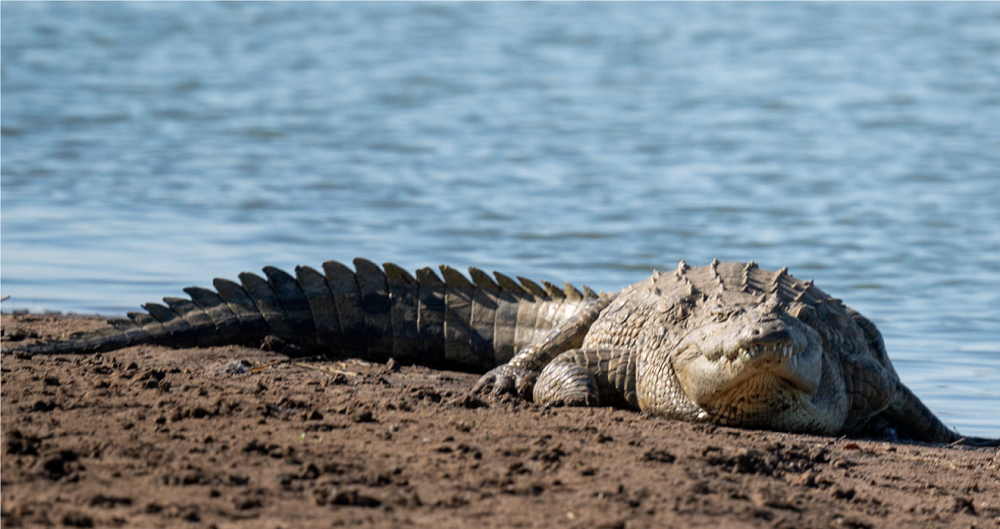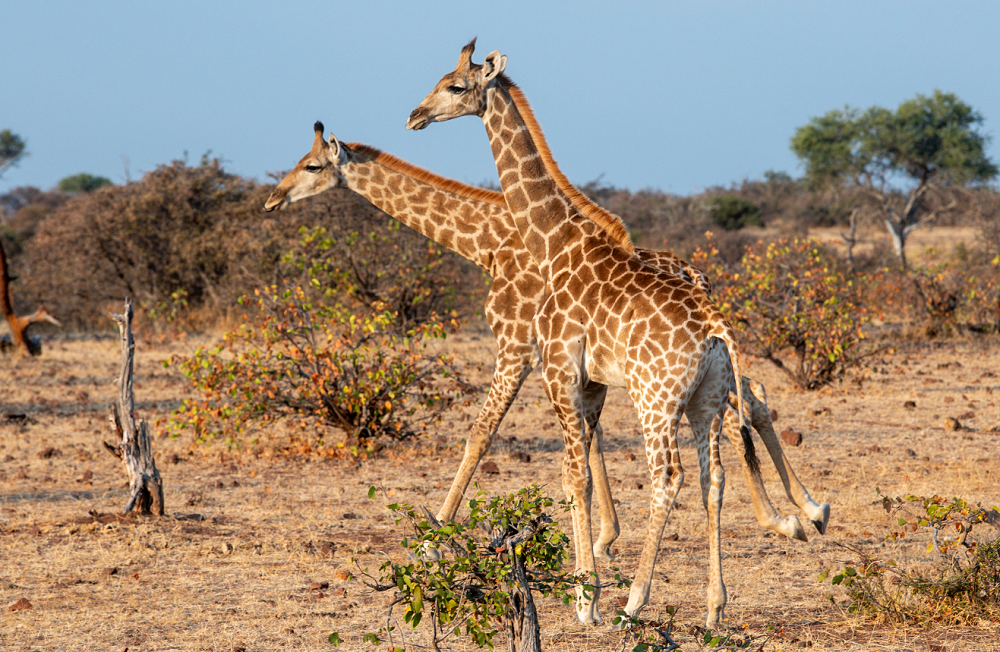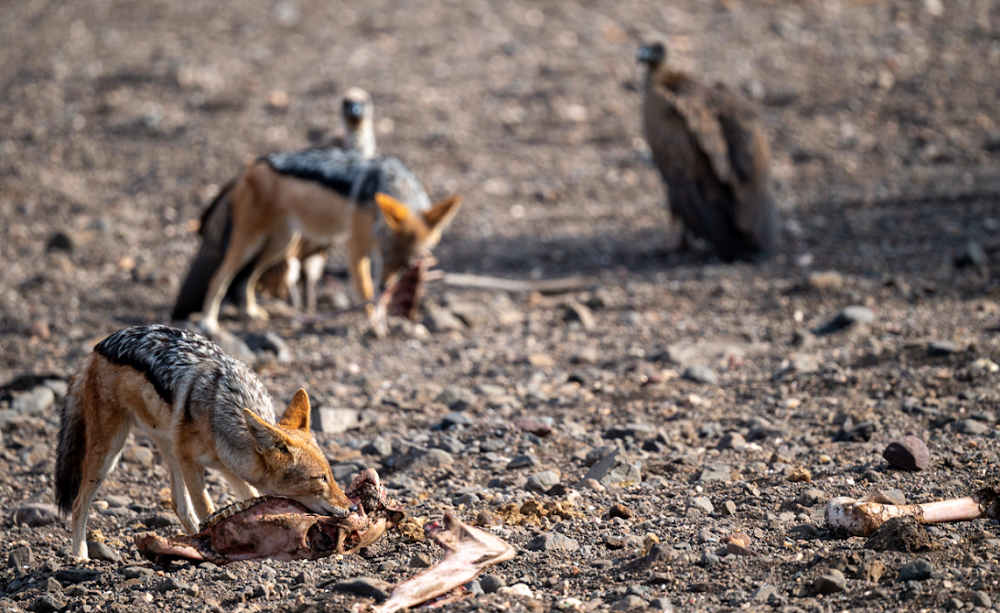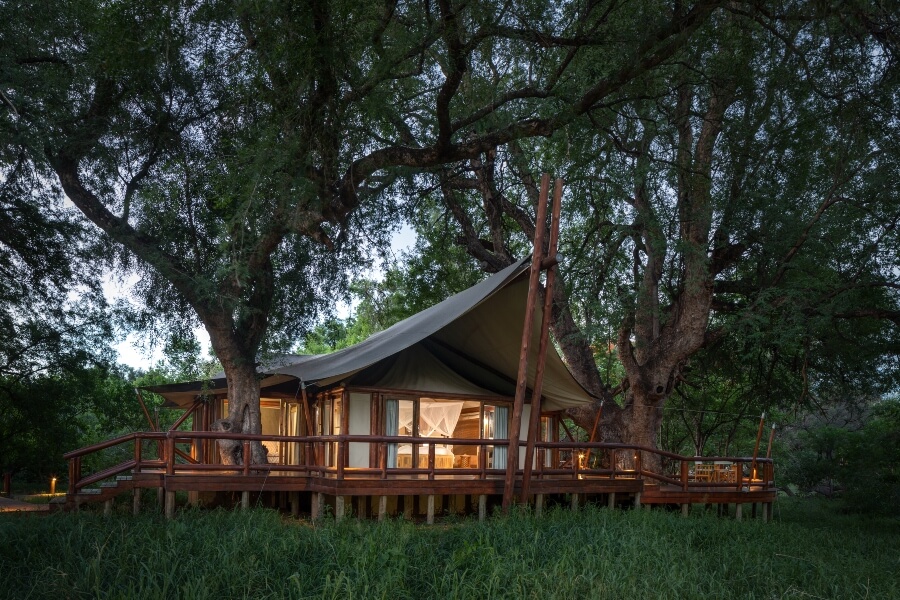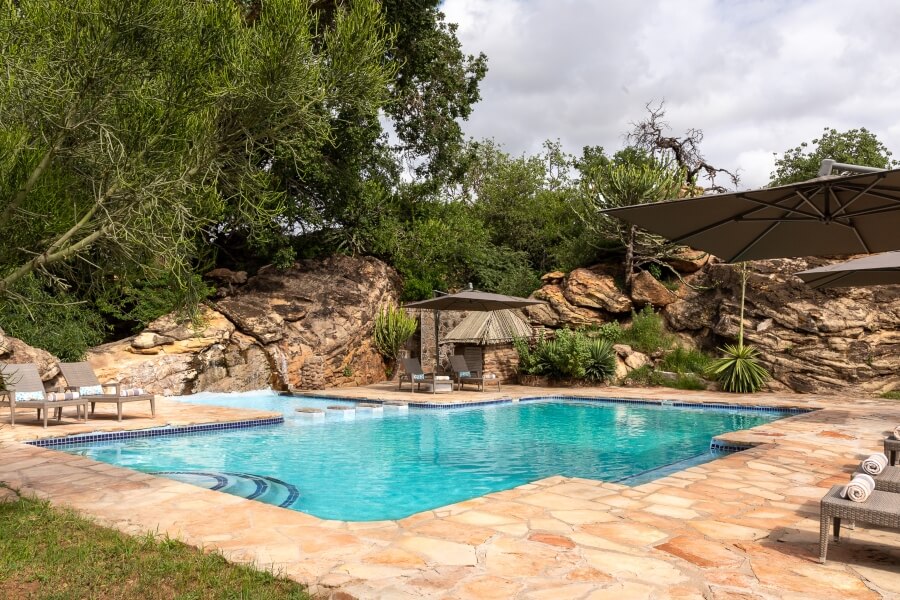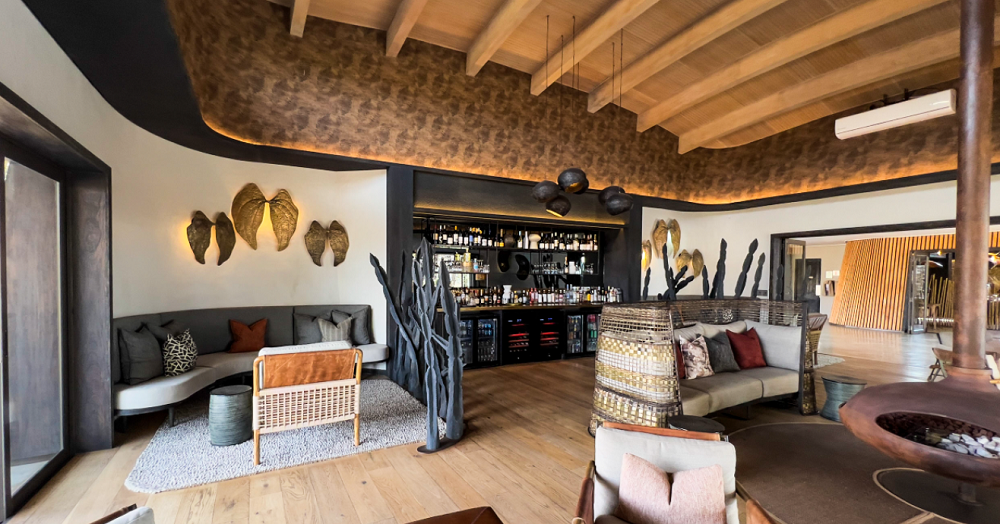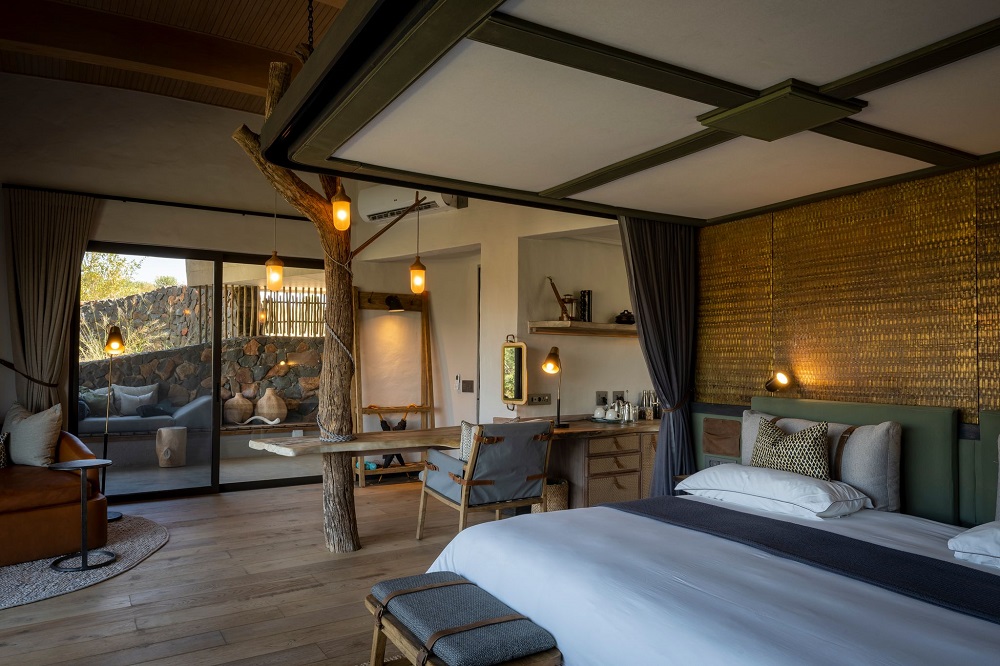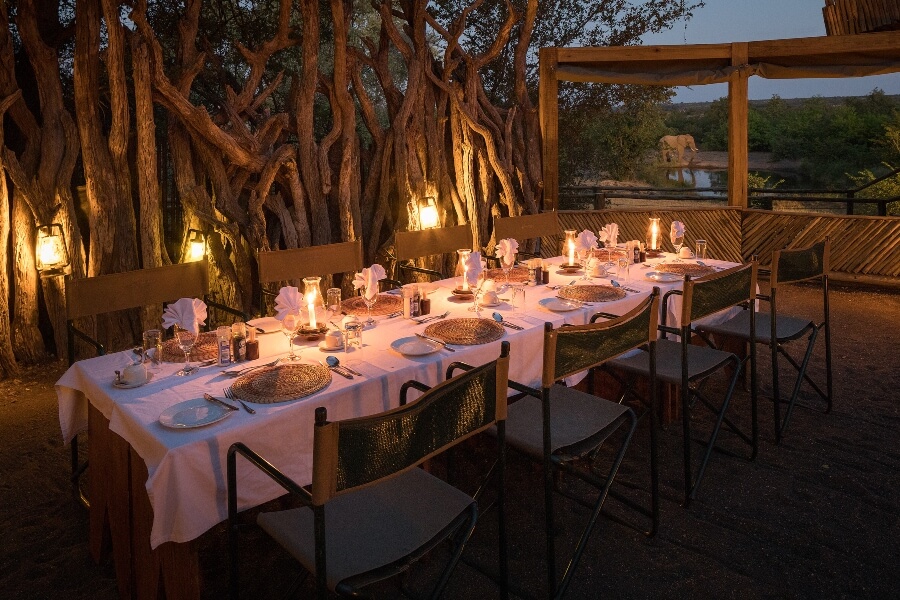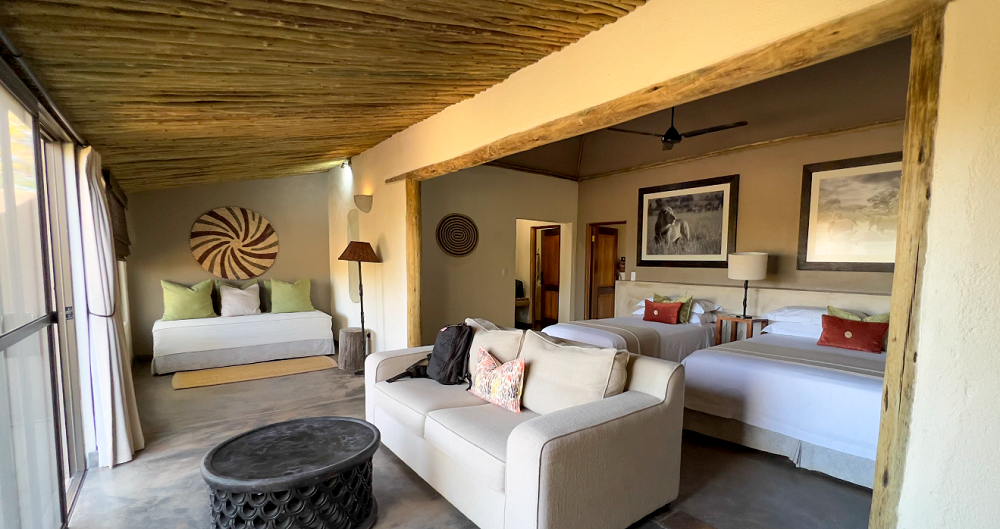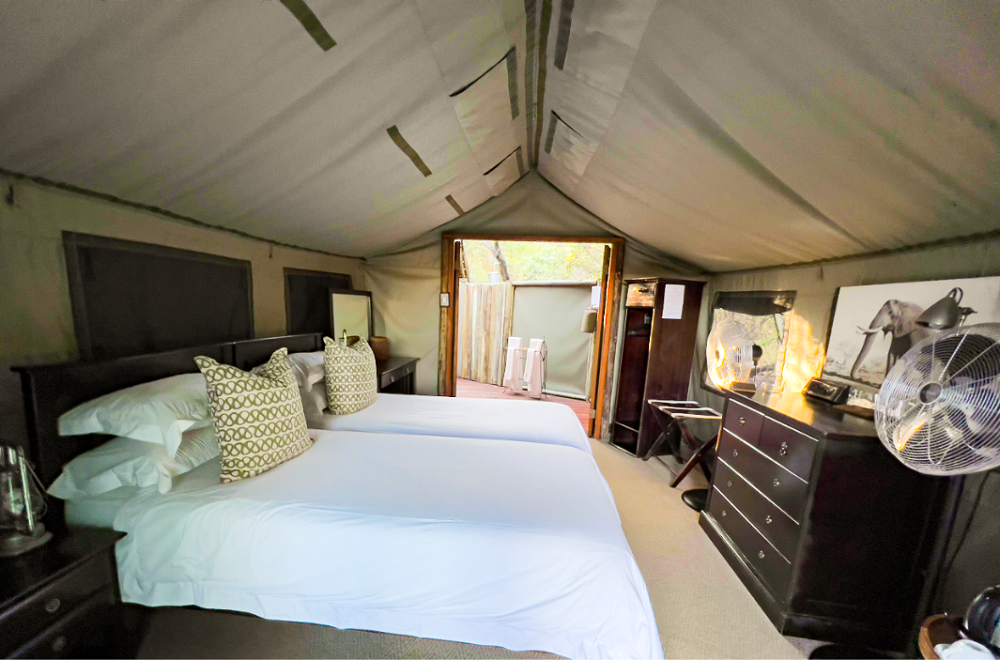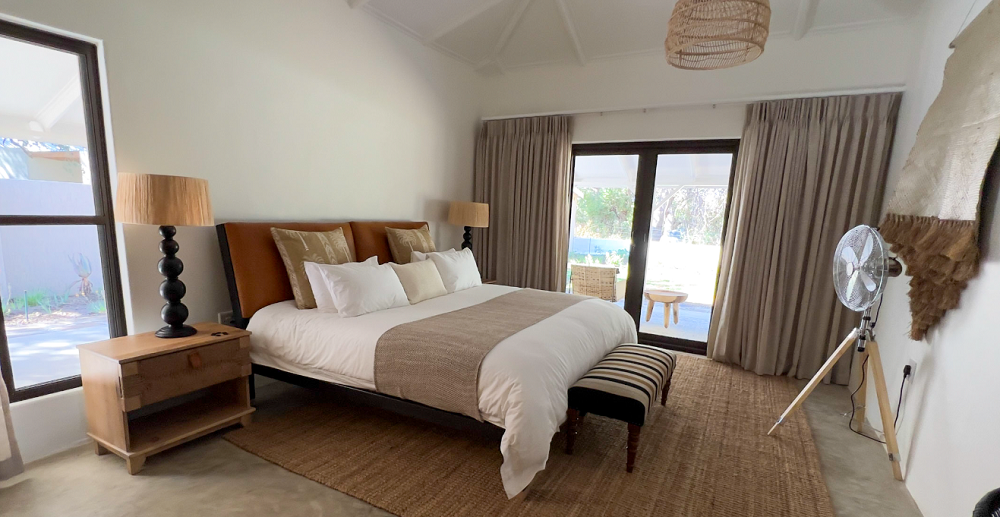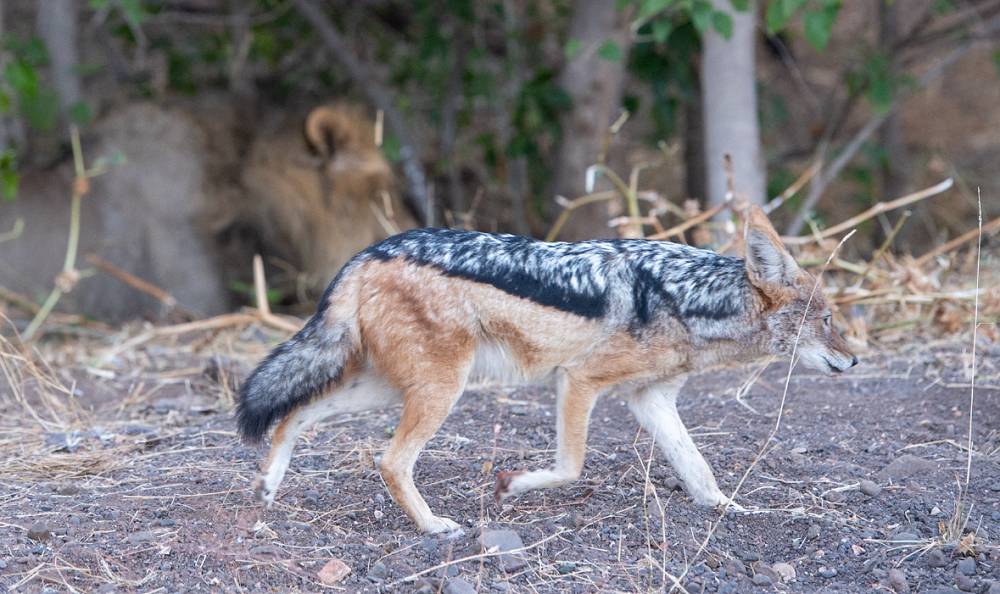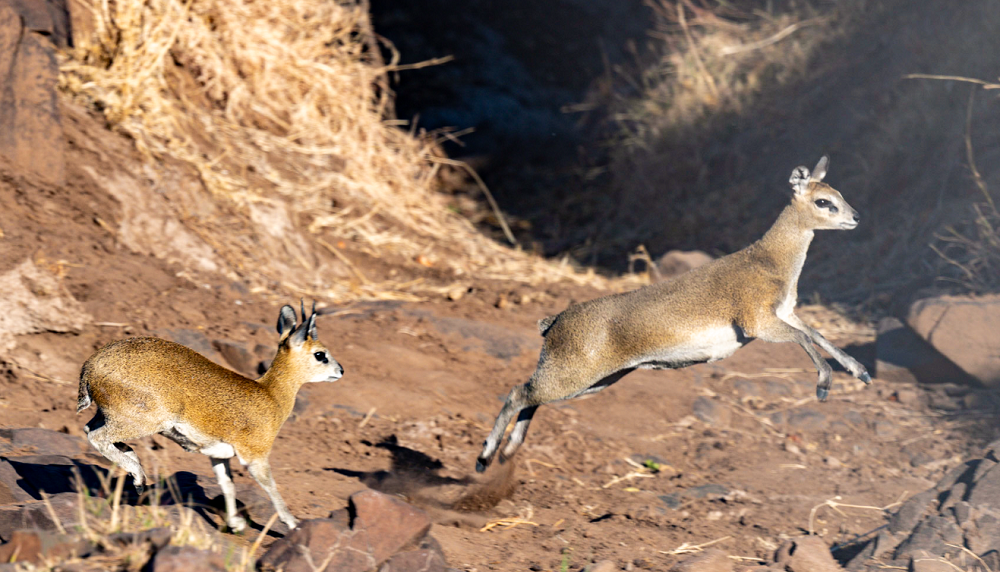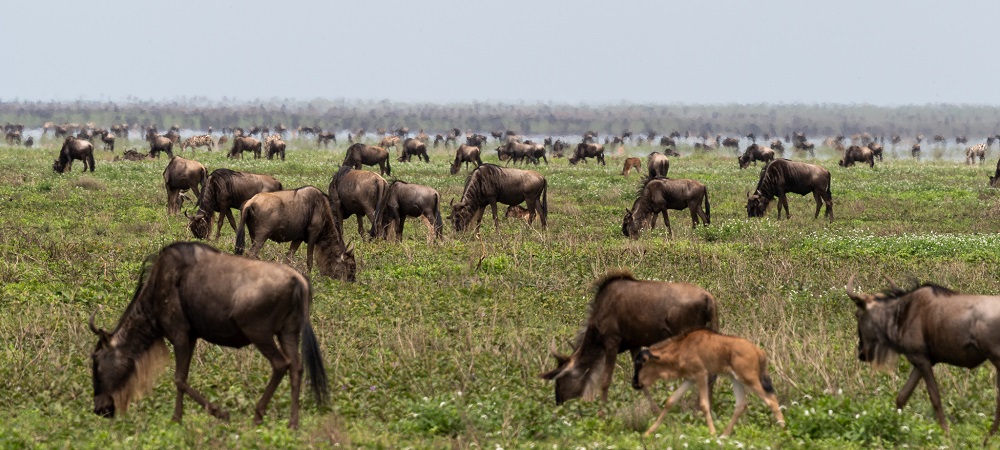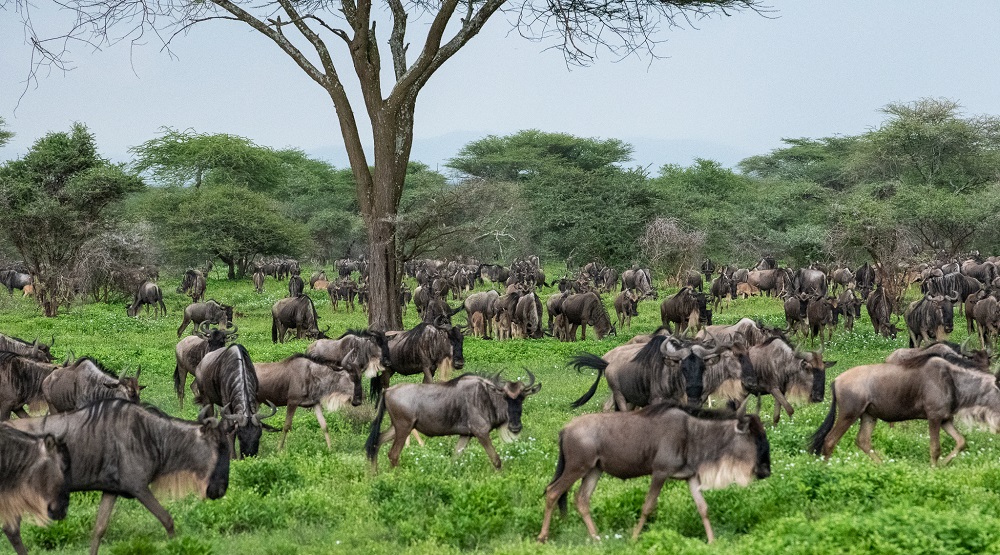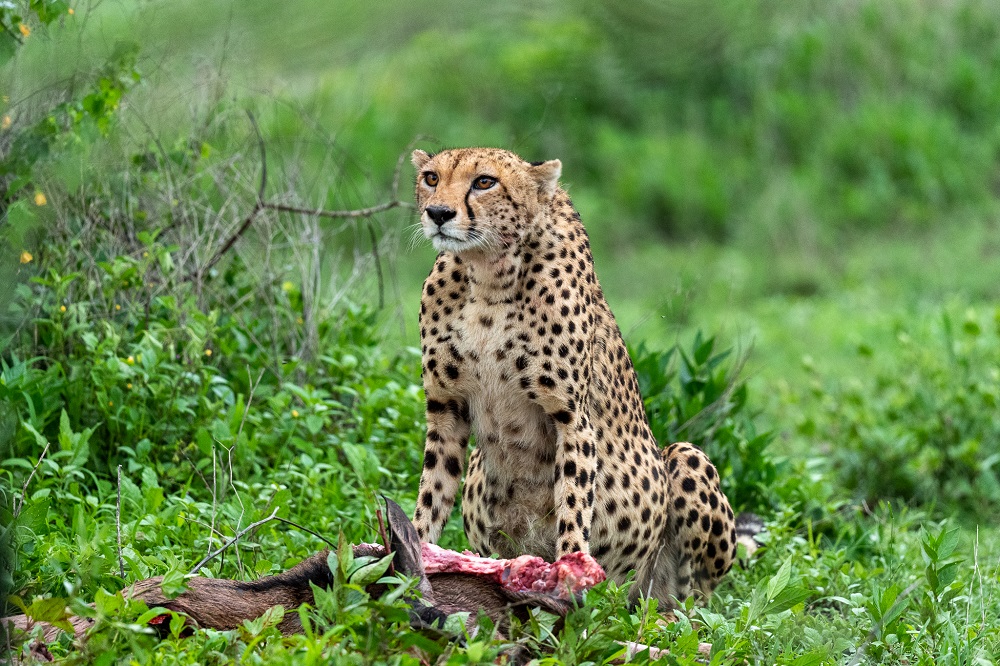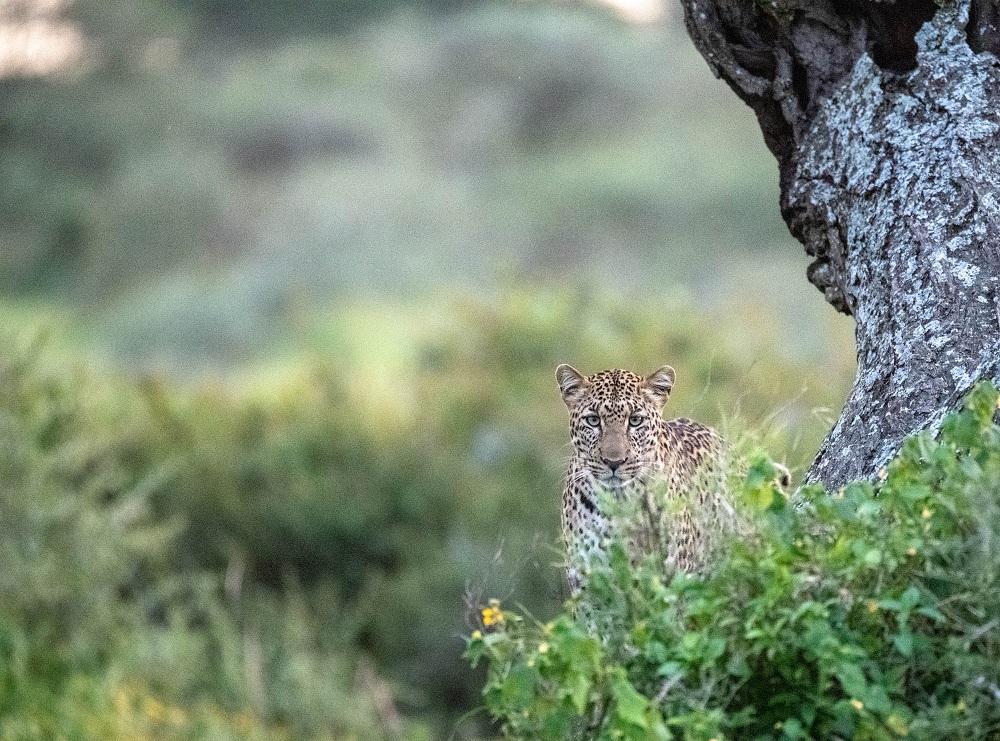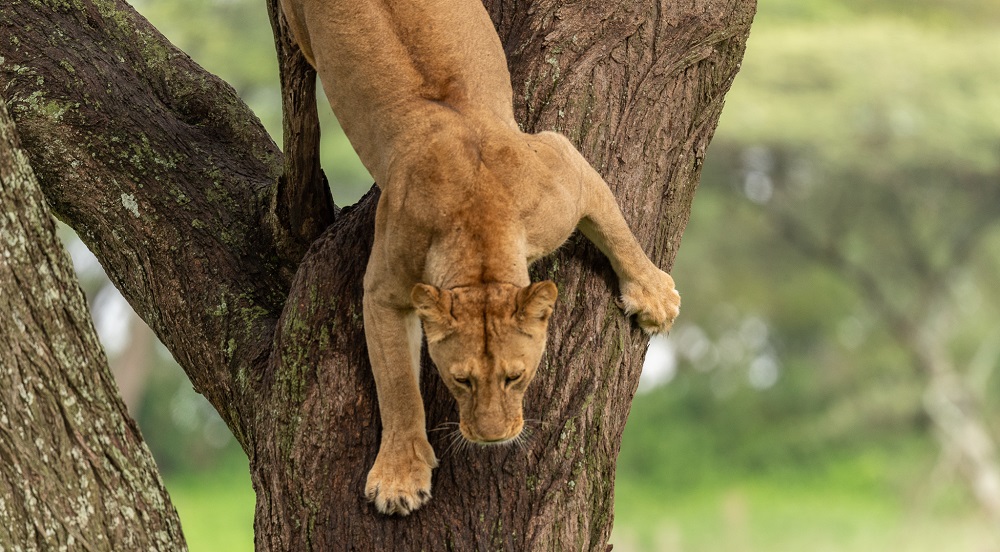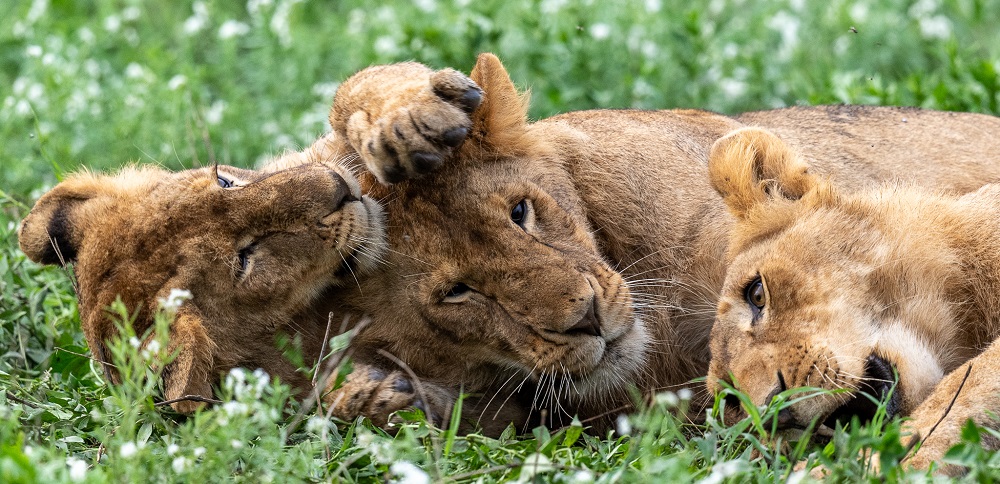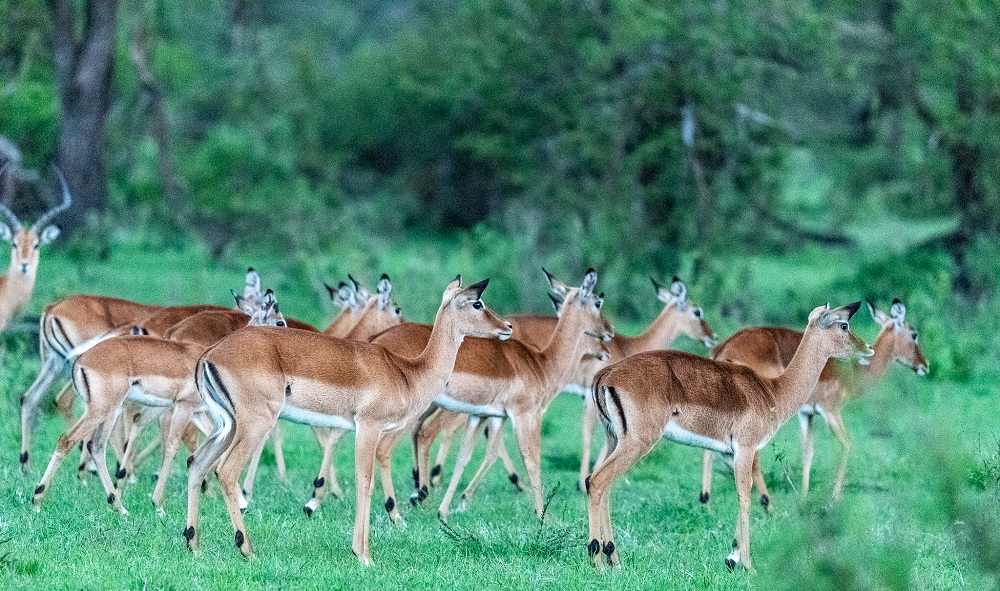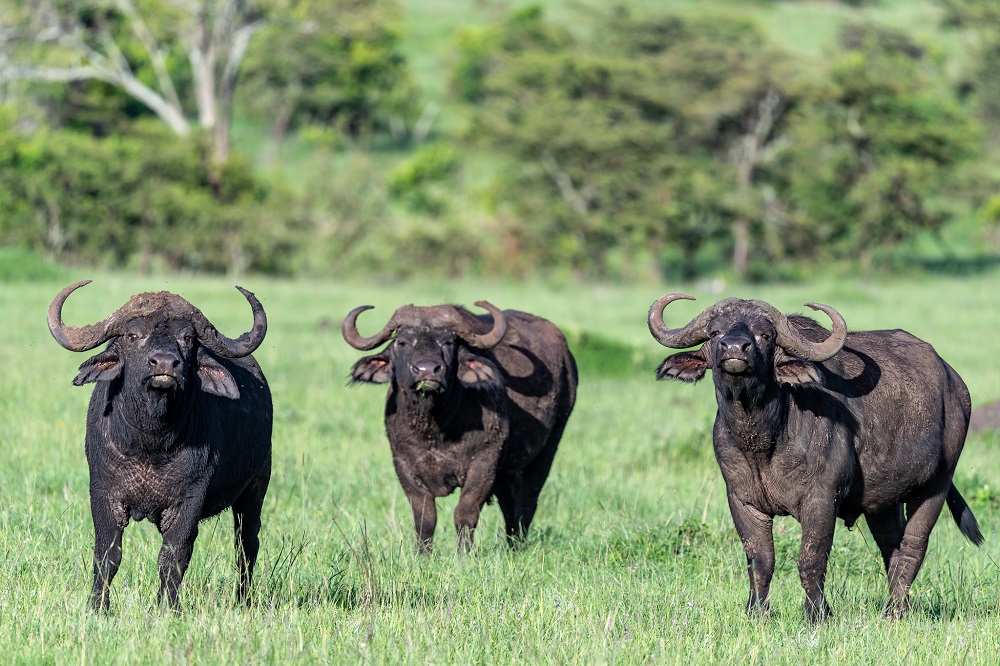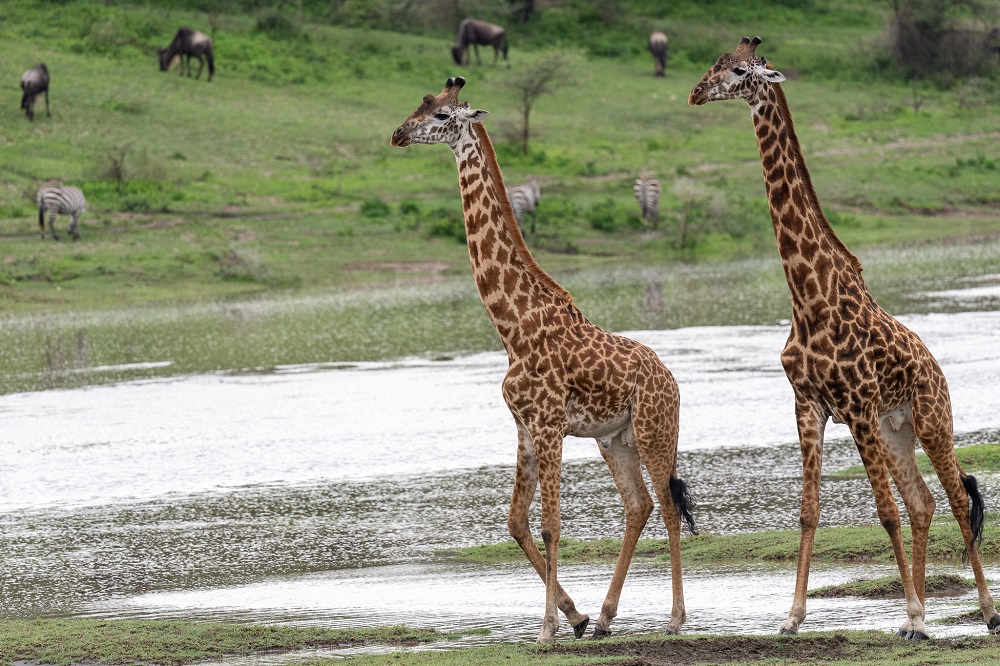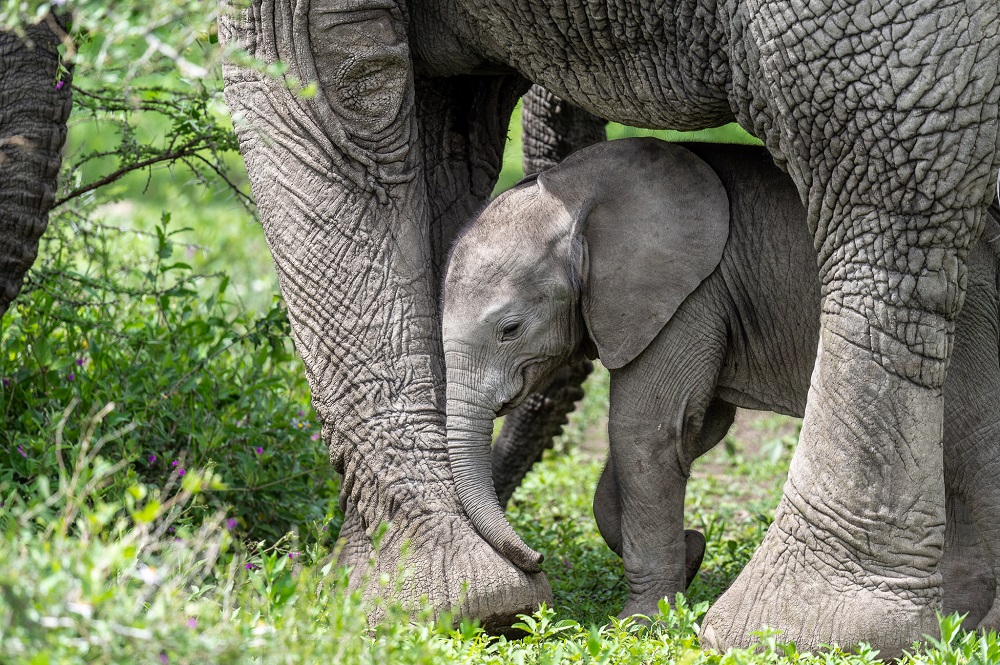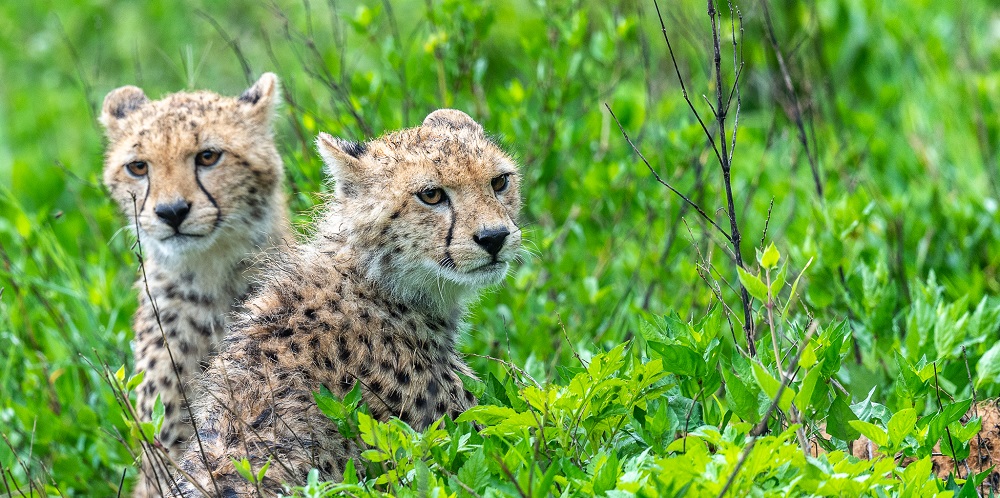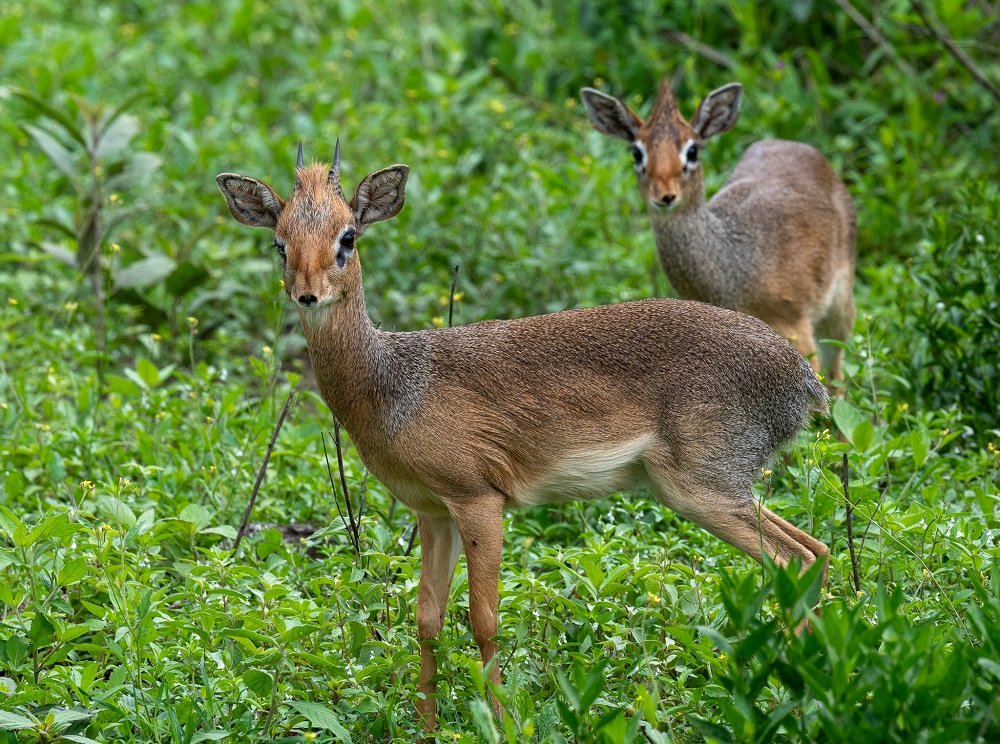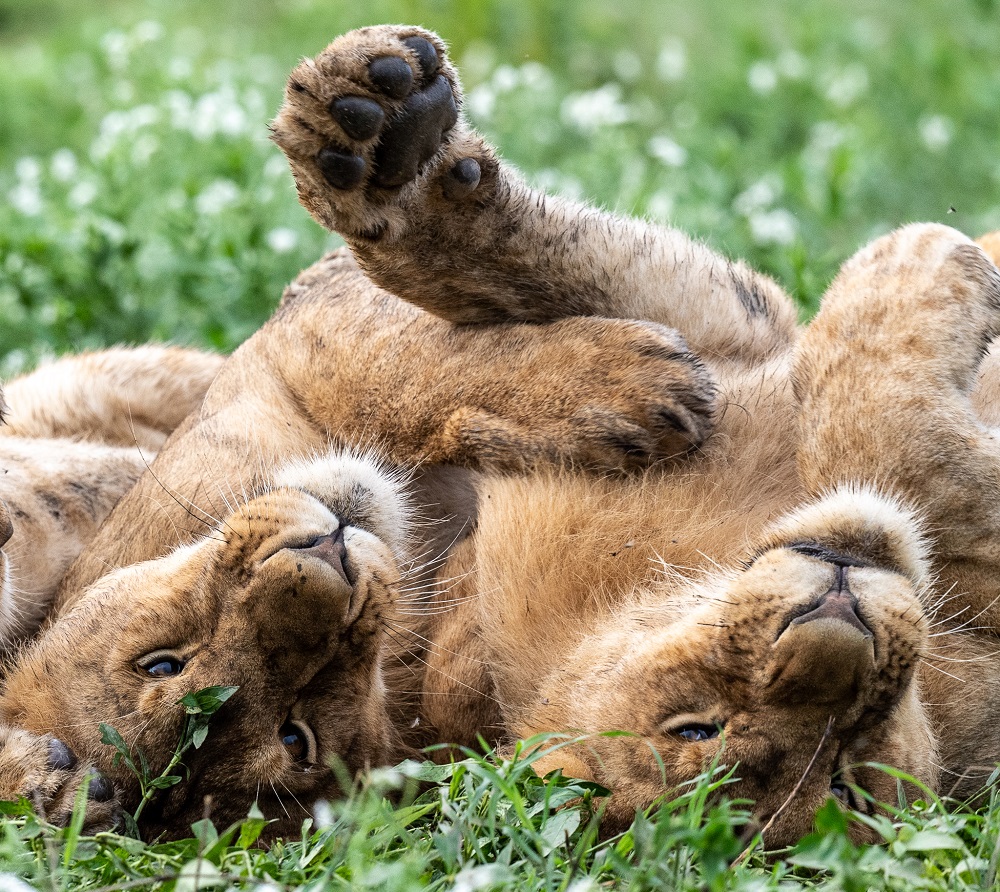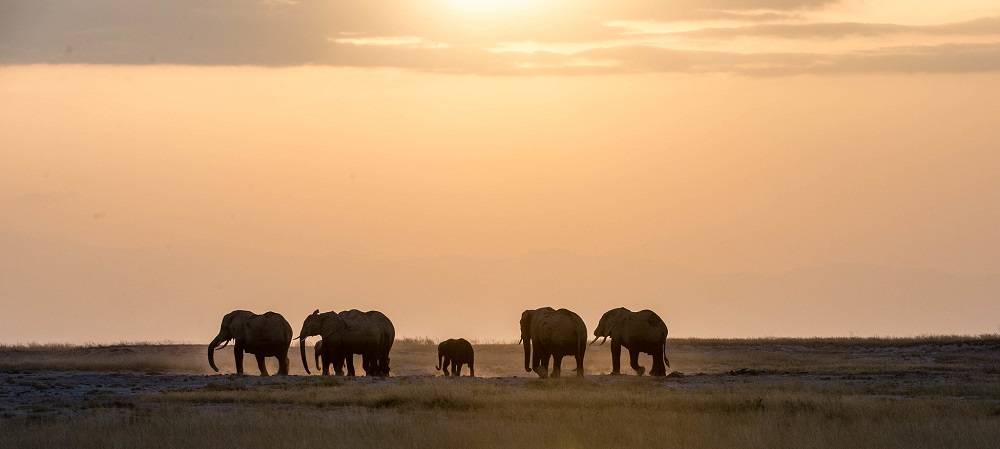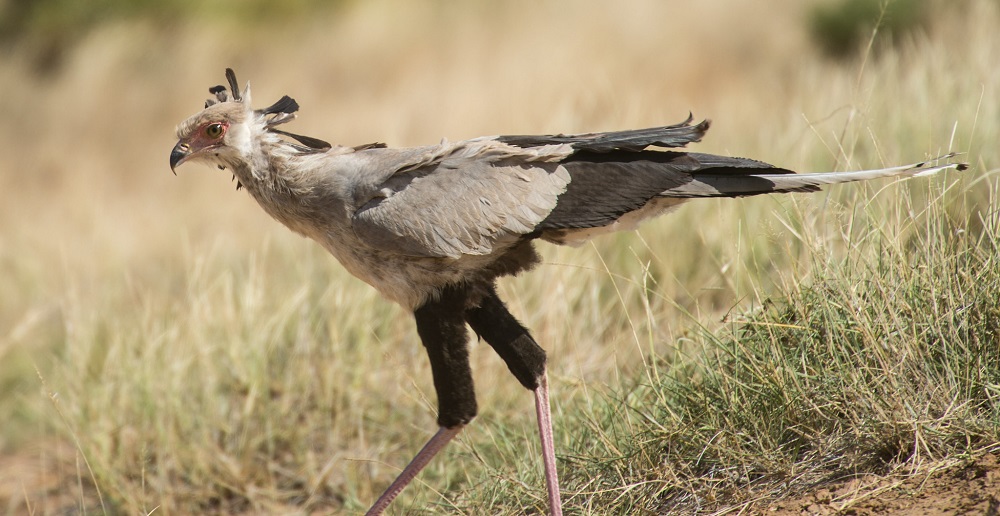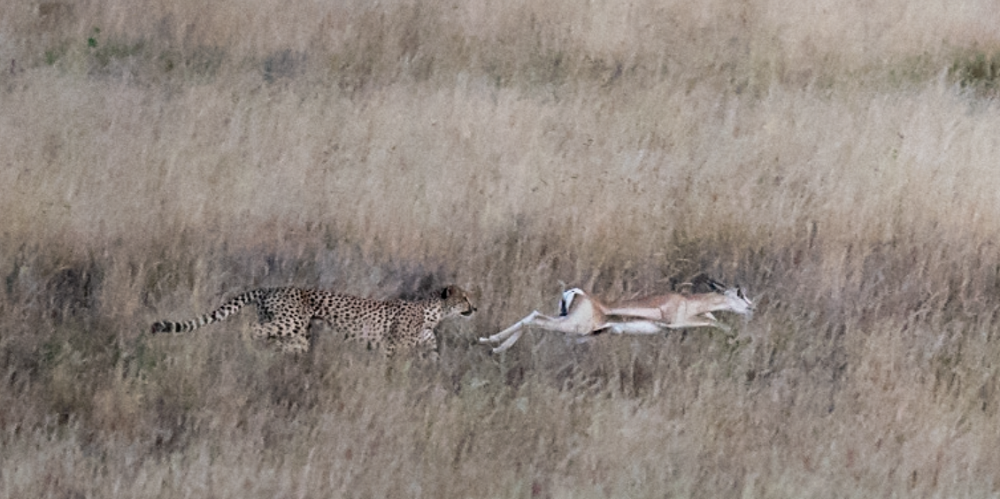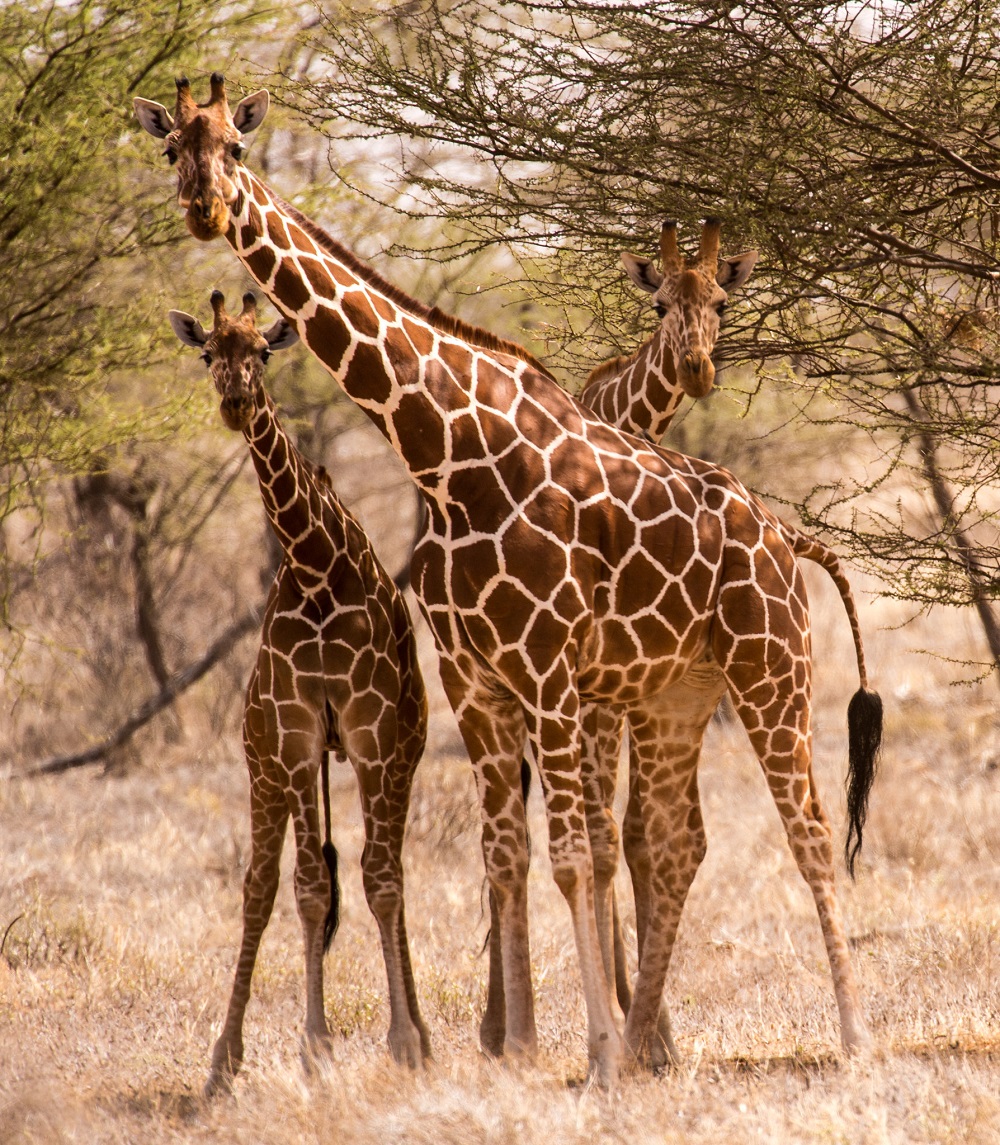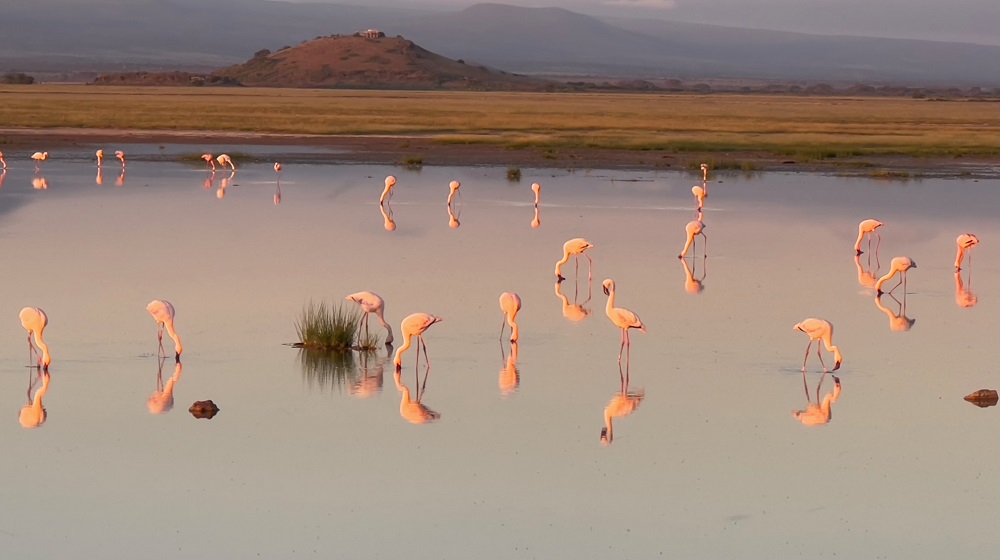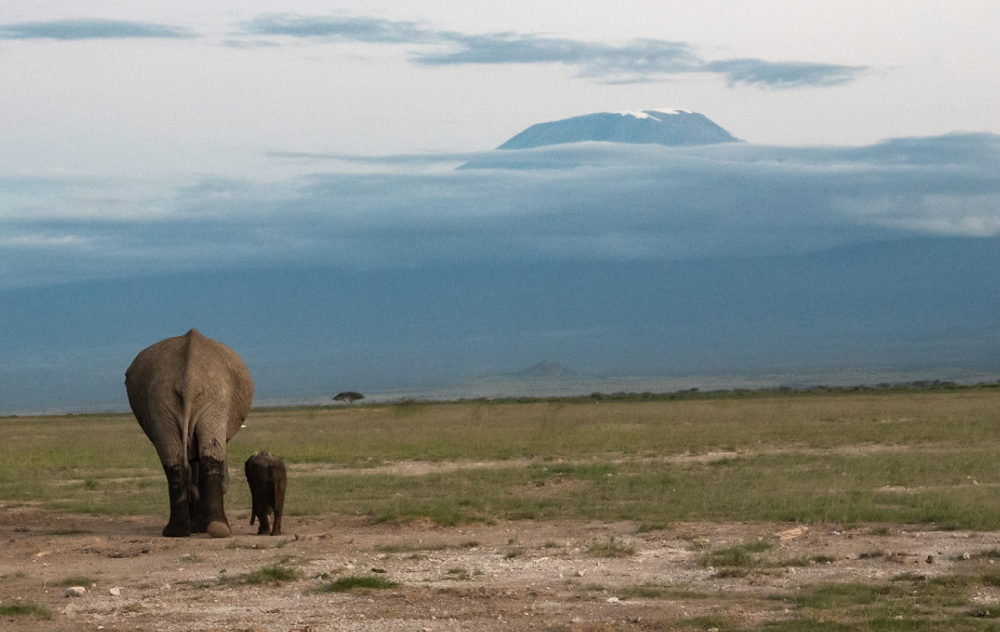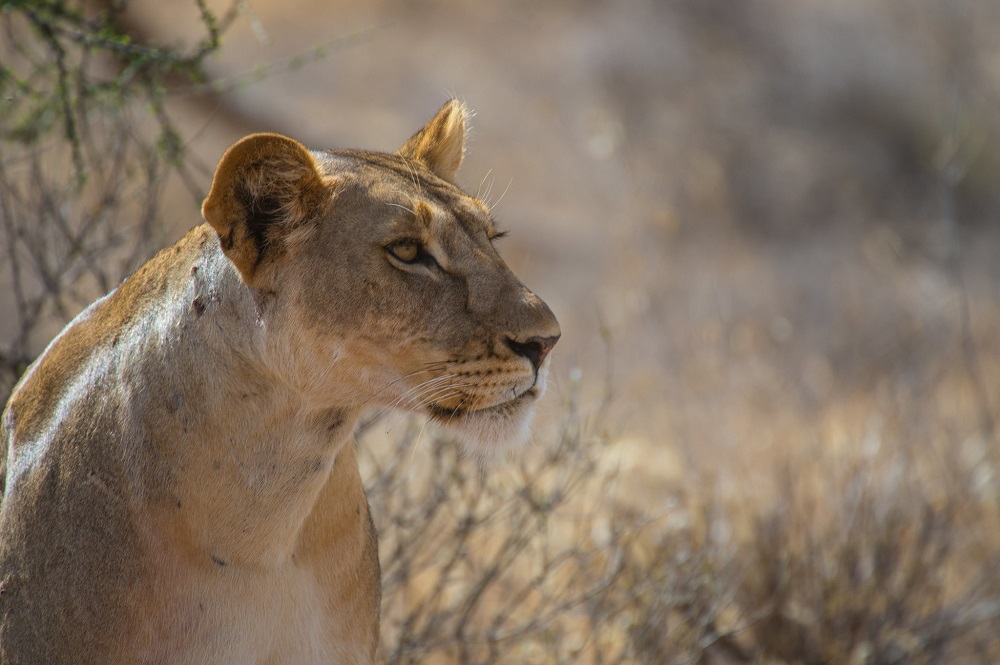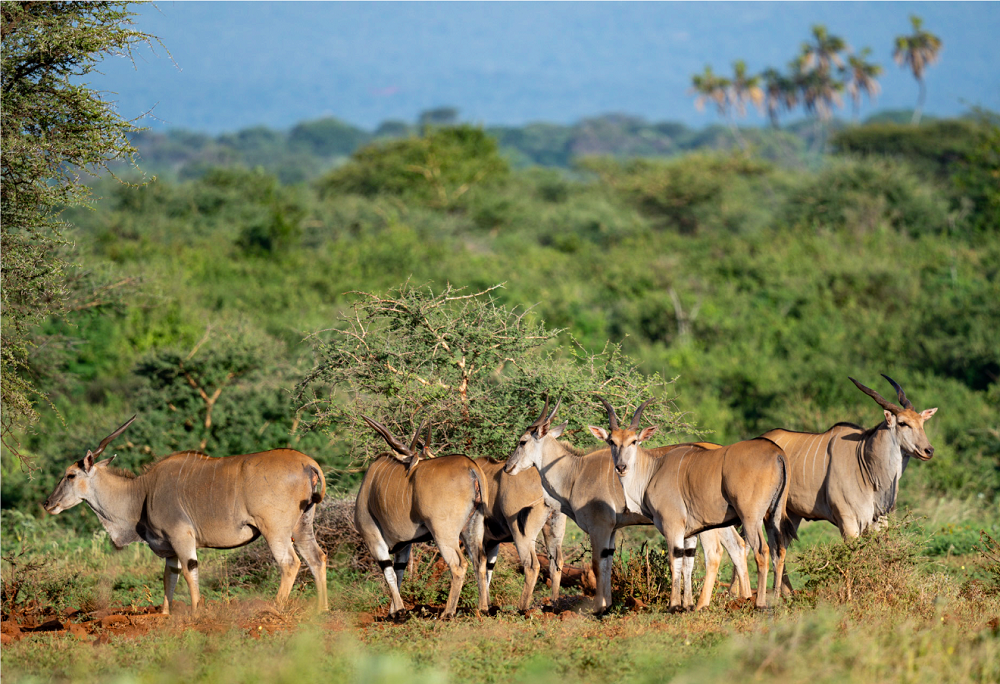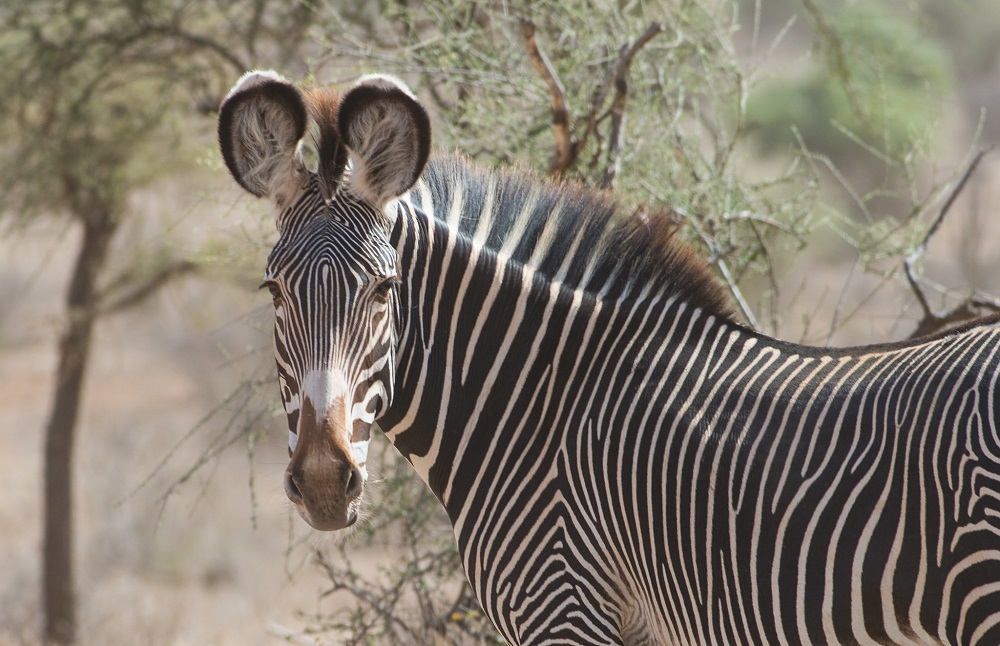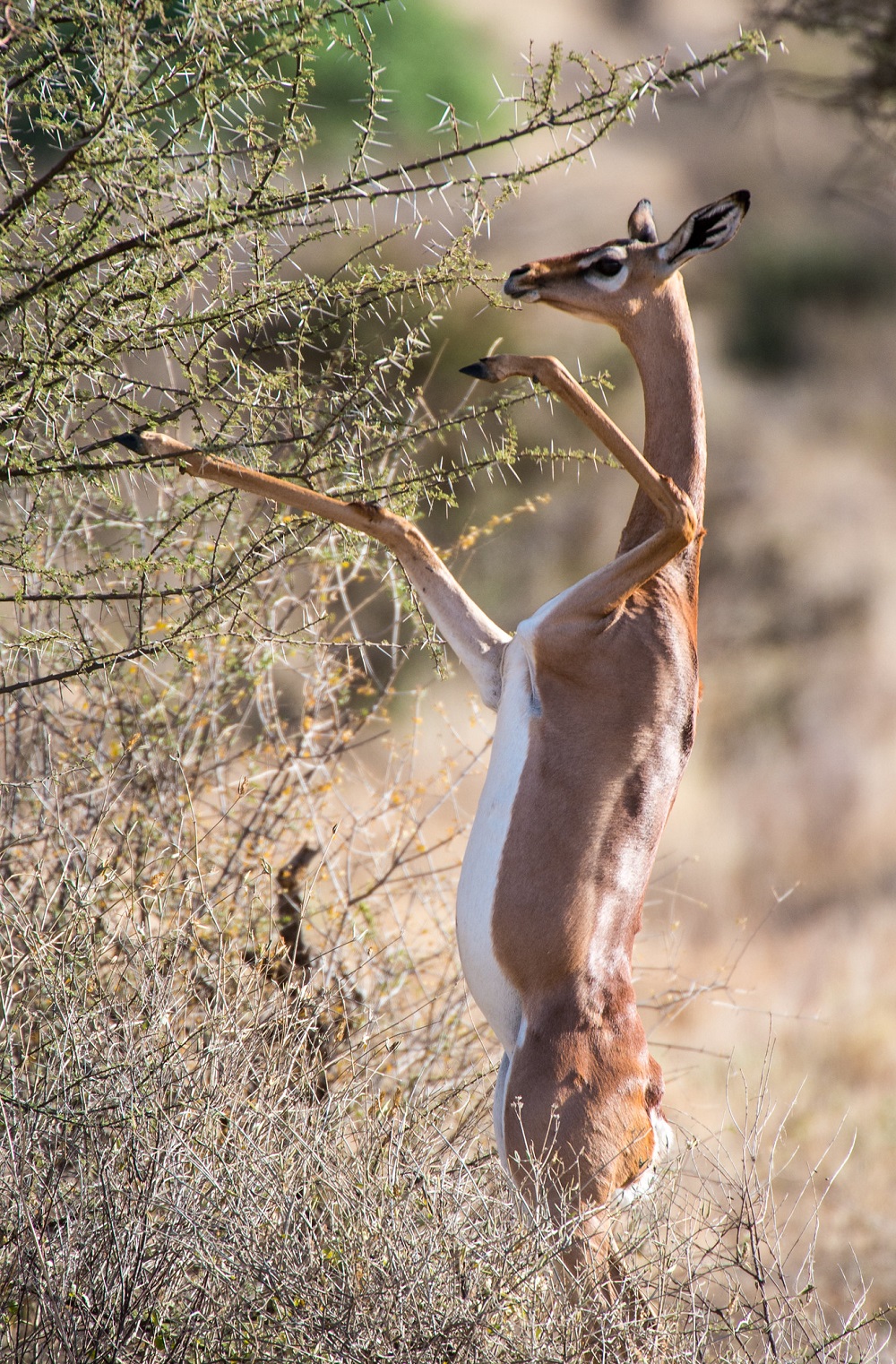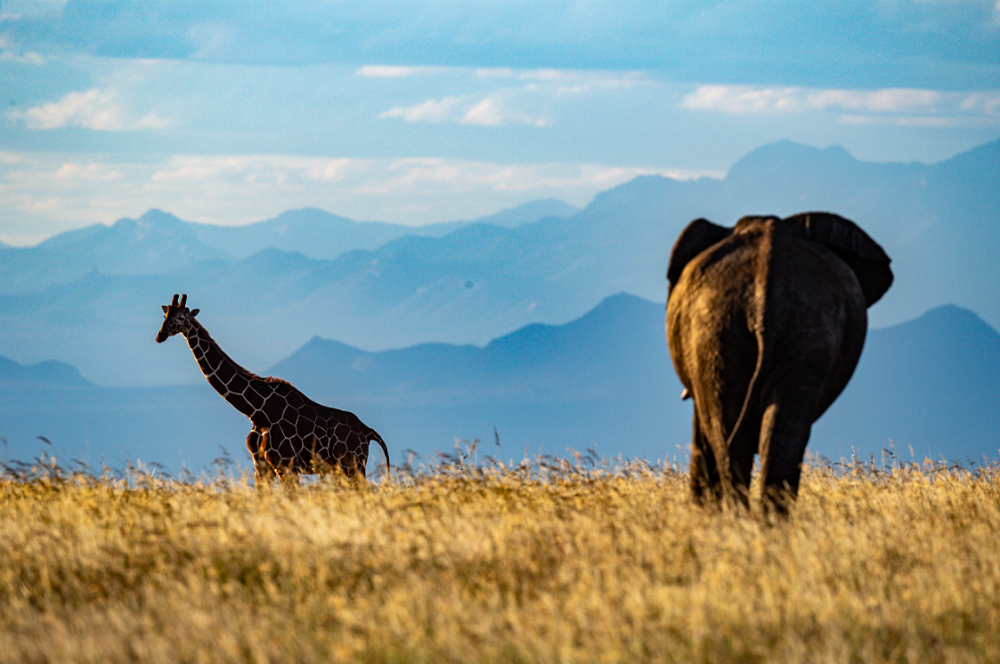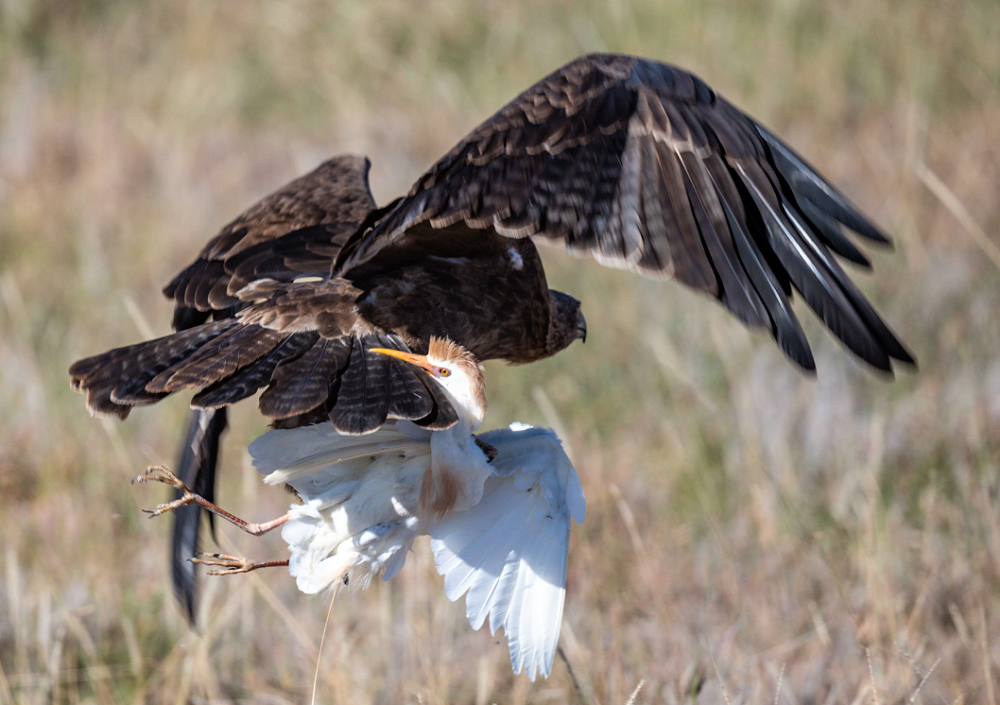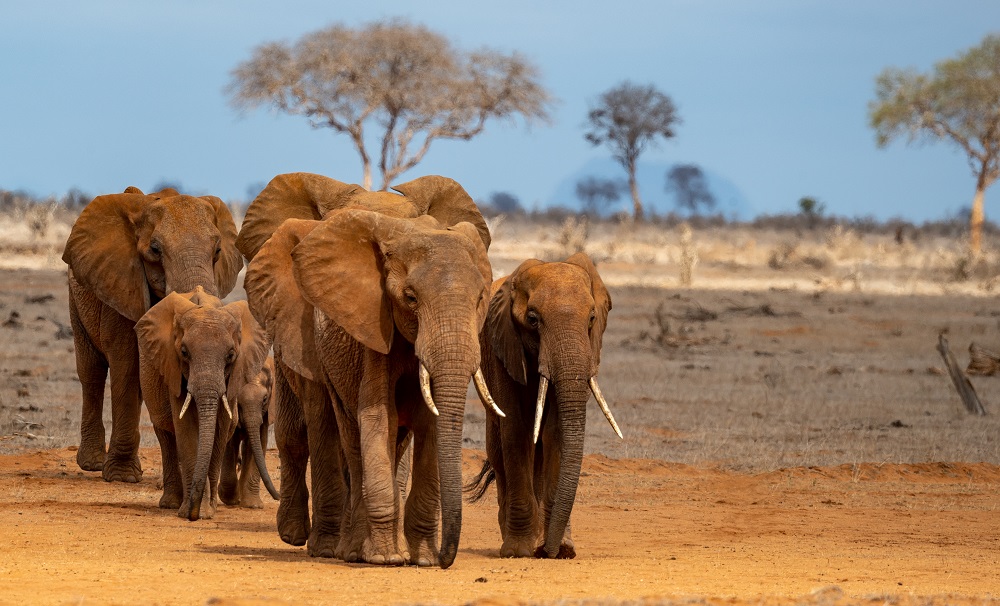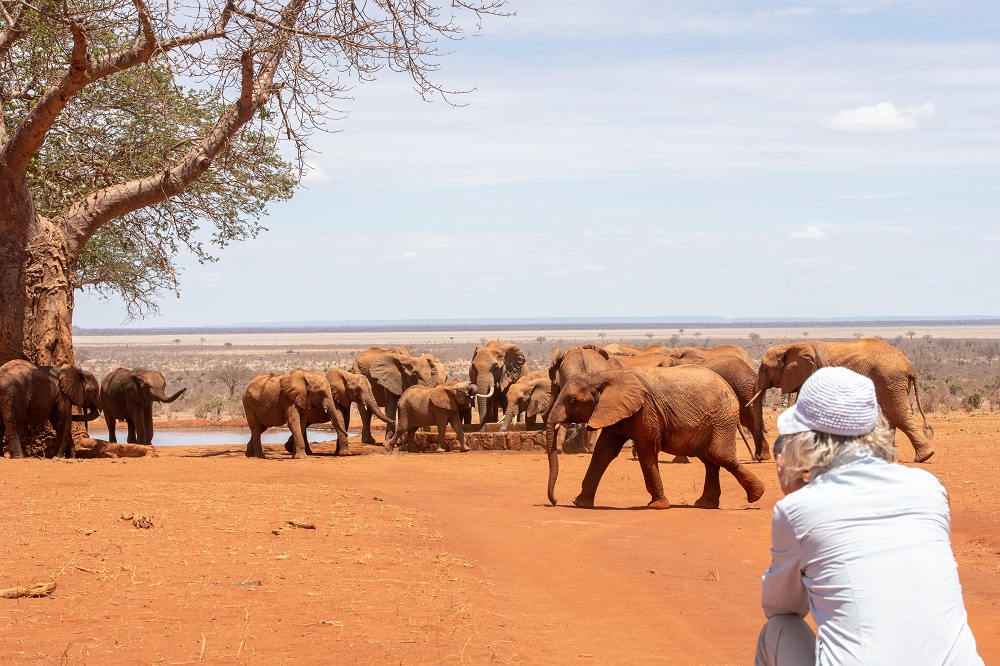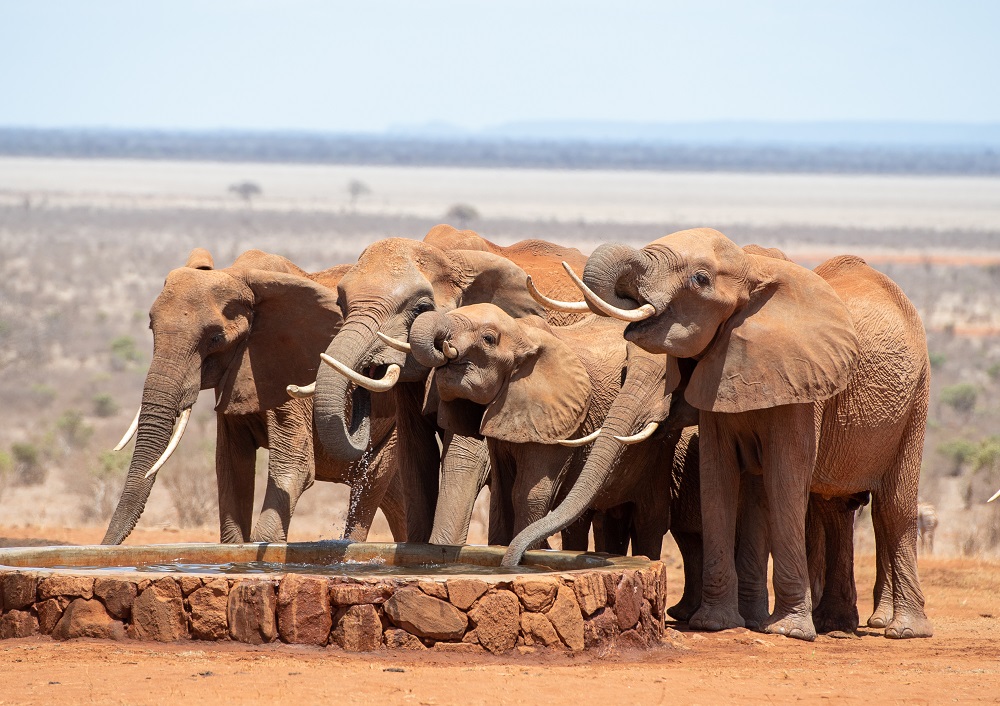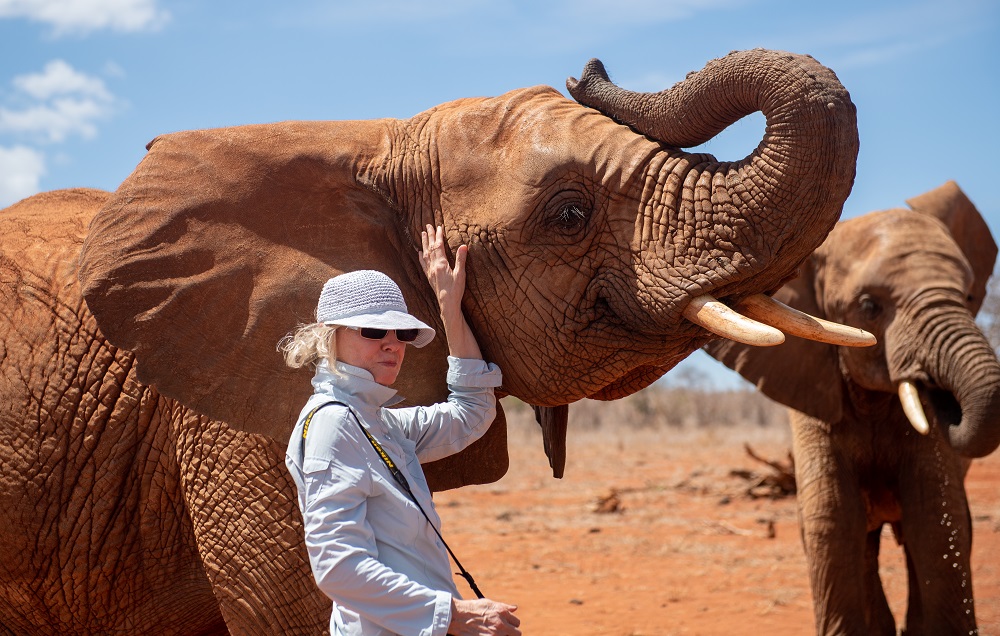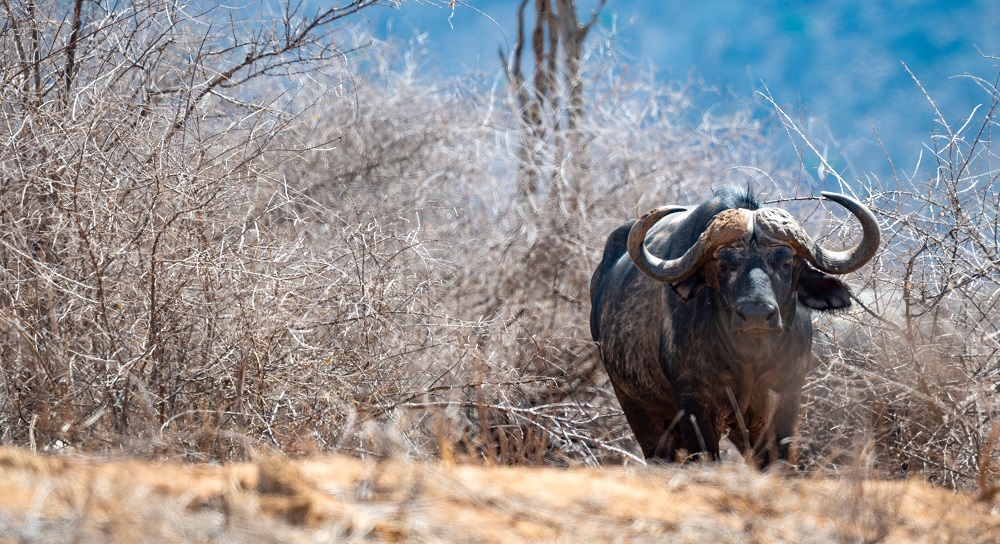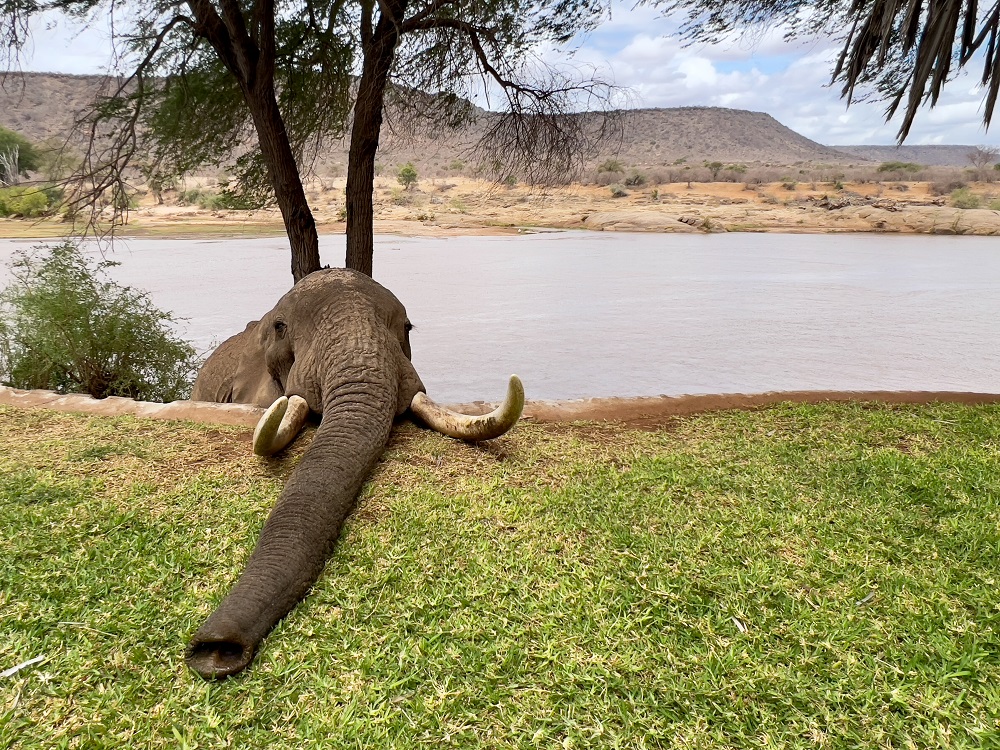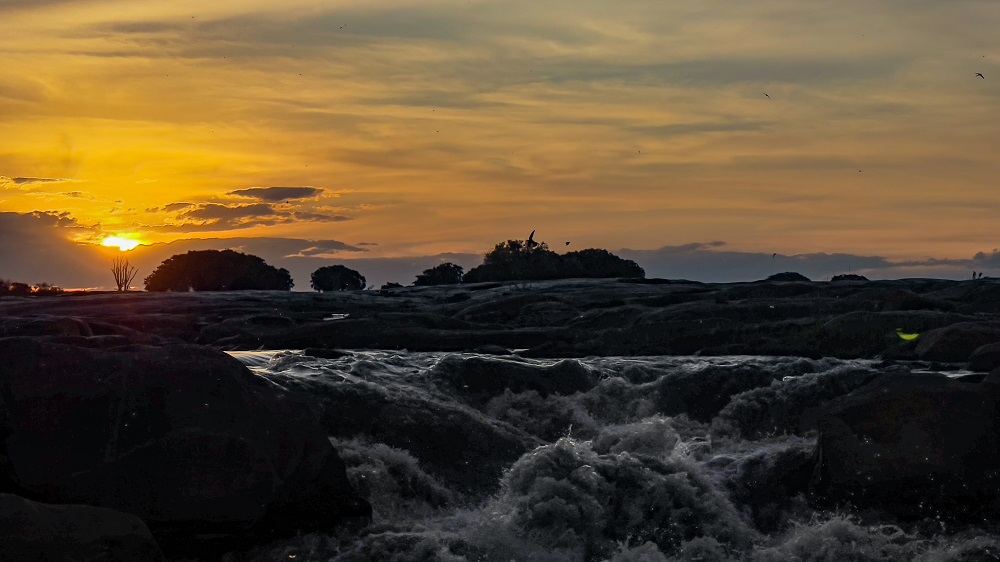After the experience we had at the Matebole Elephant hide on our last morning at Mashatu lodge, we’re thinking it’s an activity which all dry season visitors to Mashatu should put at the top of their list. After a slow start – observing mostly some birds, a solitary hyena and a couple of skittish zebras who never actually made it to the water – the last hour or so was a thrill ride of epic proportions, if you like elephants.
They walked, ambled, strode majestically and in some instances even ran up to the edge of the water from every direction, practically nonstop between approximately nine to ten that morning. Ranging from solitary males to small breeding herds, including several massive bulls and some tiny youngsters barely able to control and use their tiny trunks.
In total probably 70-plus elephants graced us with their presence. It was simply mind-blowing to be so close to them, to hear and observe them and to be immersed into their environment to the point of losing the sense of being an observer. It was like being part of the herd, feeling the camaraderie, sensing the empathy and – later on – the power – when one gigantic bull elephant decided to angrily rush off in pursuit of a rival. His action had a ripple effect on all the other elephants, notably a small party of female elephants with youngsters. They took off helter skelter in the opposite direction, instinctively realizing that when two titans clash, everyone else in the vicinity is in danger.
There were just so many memorable moments. One elephant purposefully, and in a very measured manner, projected a stream of water directly at me with its trunk, seemingly offended by the clattering of the camera shutter. A youngster inadvertently slipped off the edge of the water which prompted several of the other elephants to come to its aid. One particular youngish elephant took it upon himself to chase off any and all other species: eland, impala…all had to scatter in the path of the water bully.


